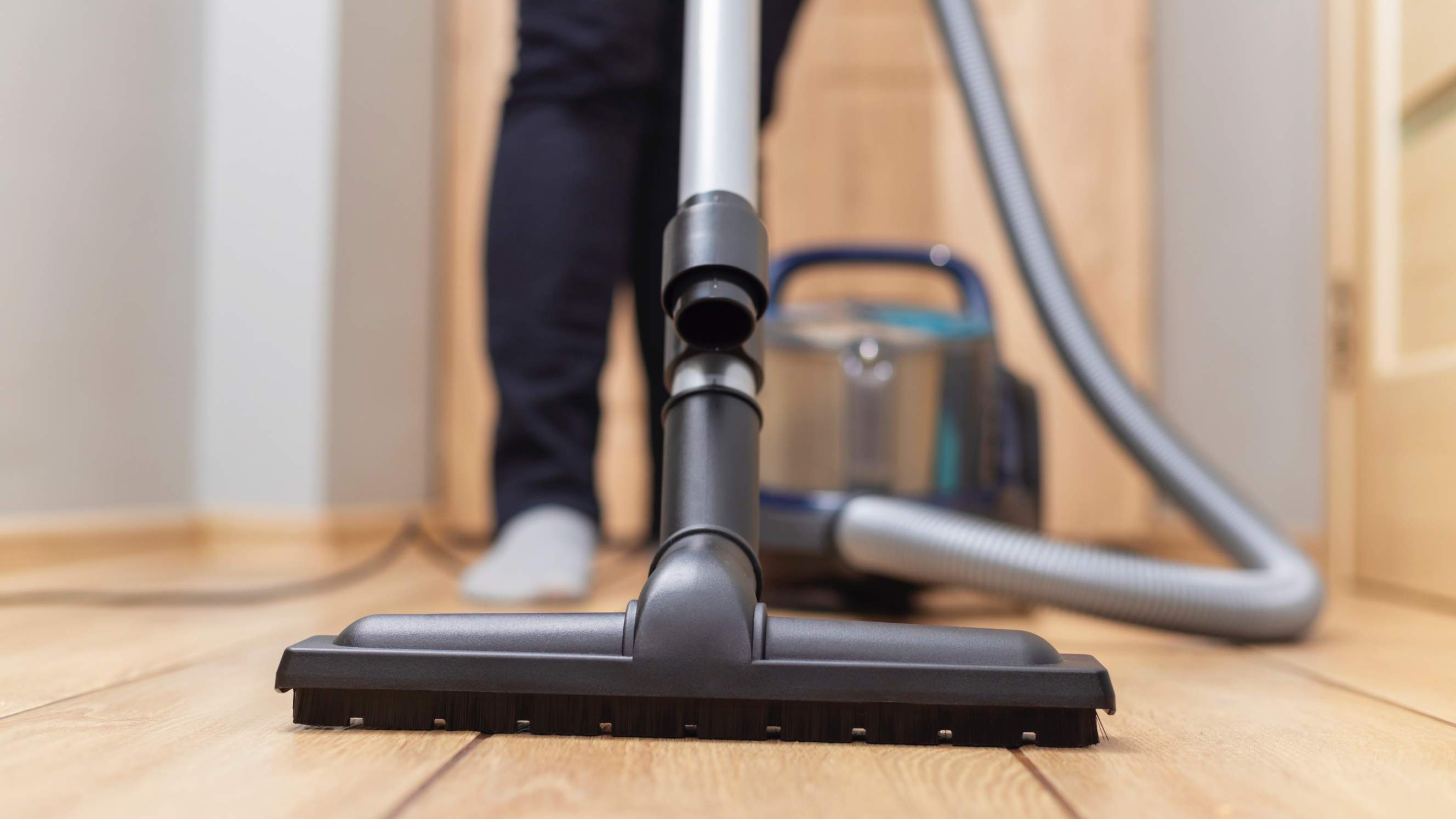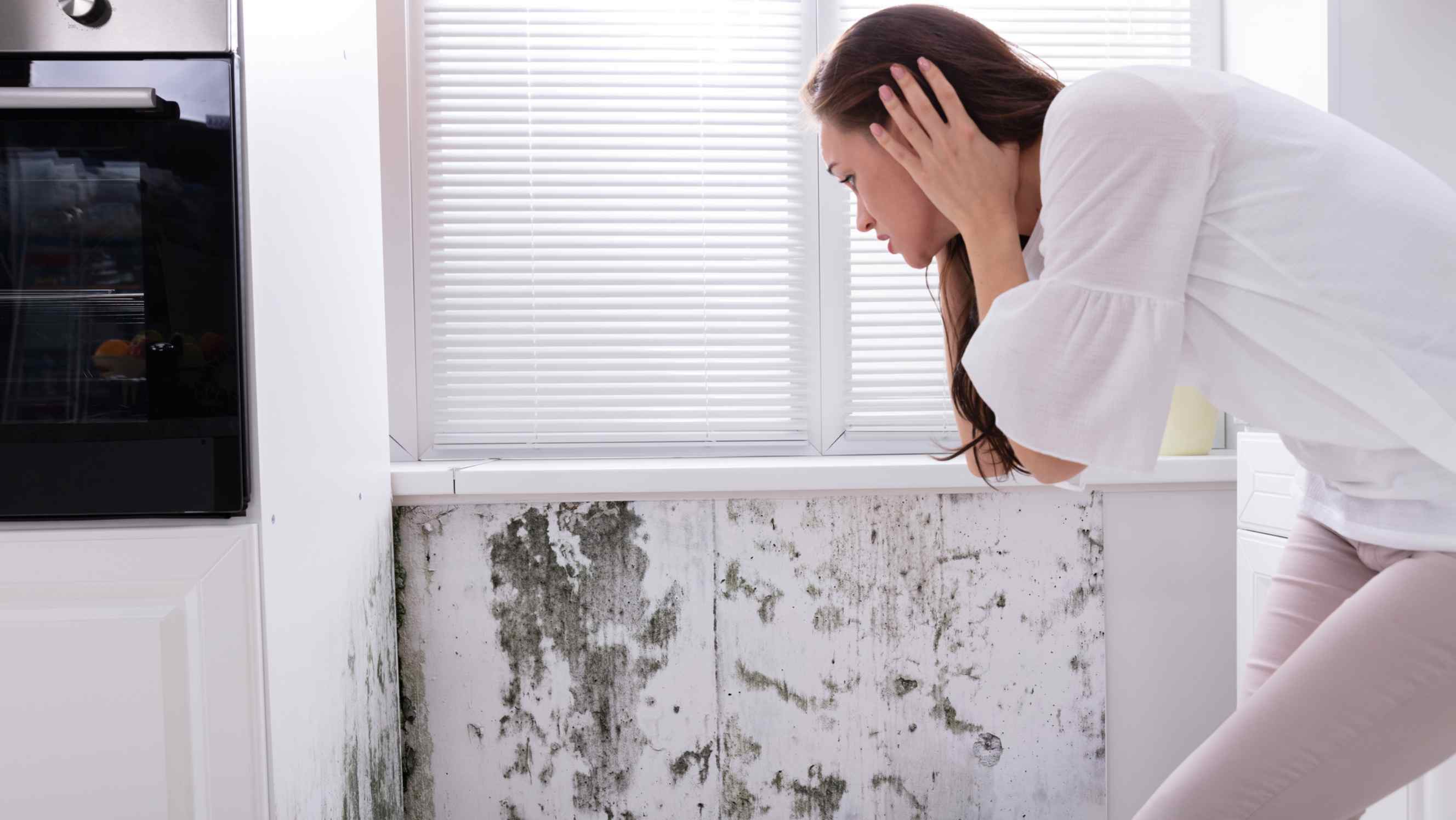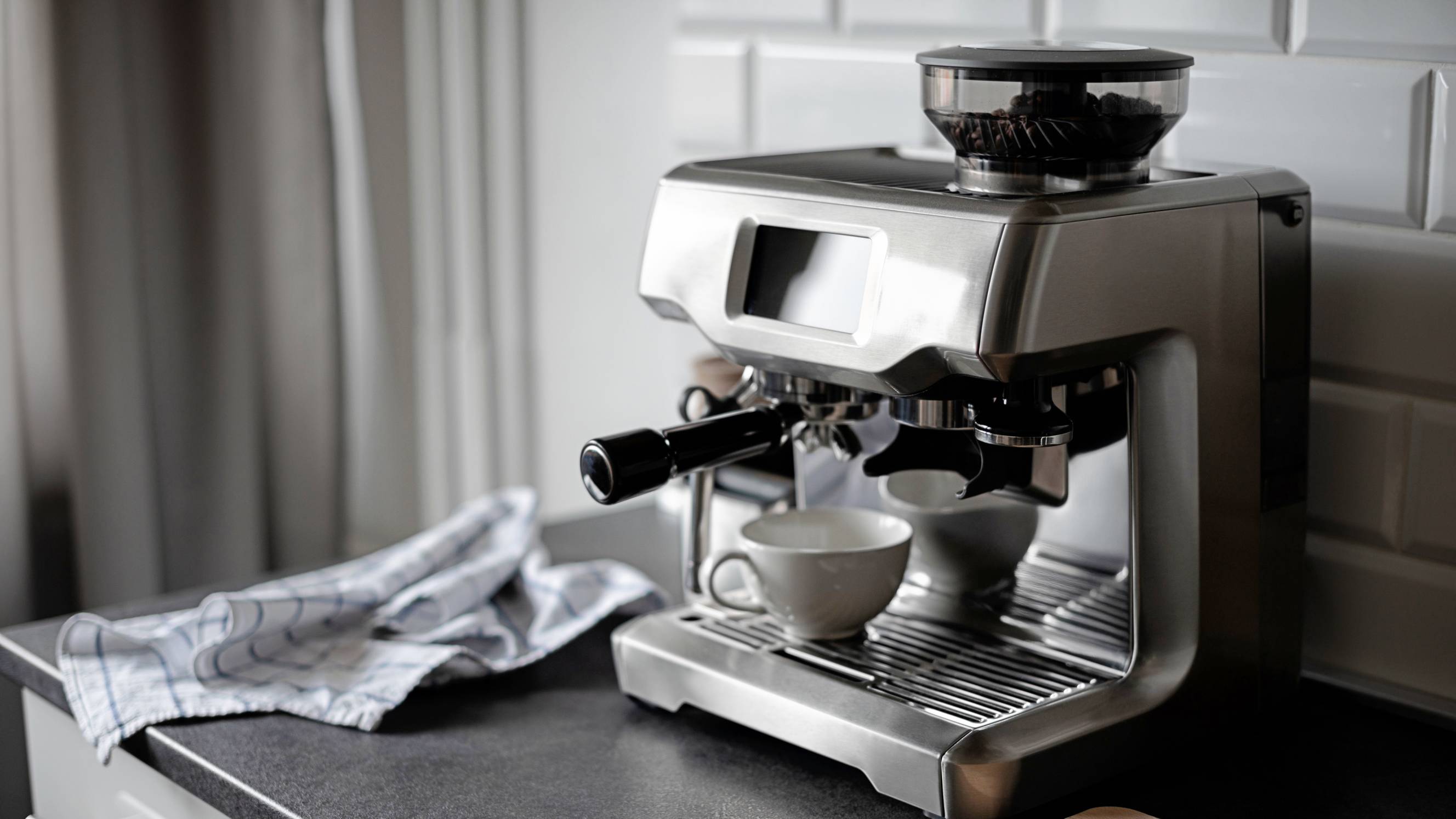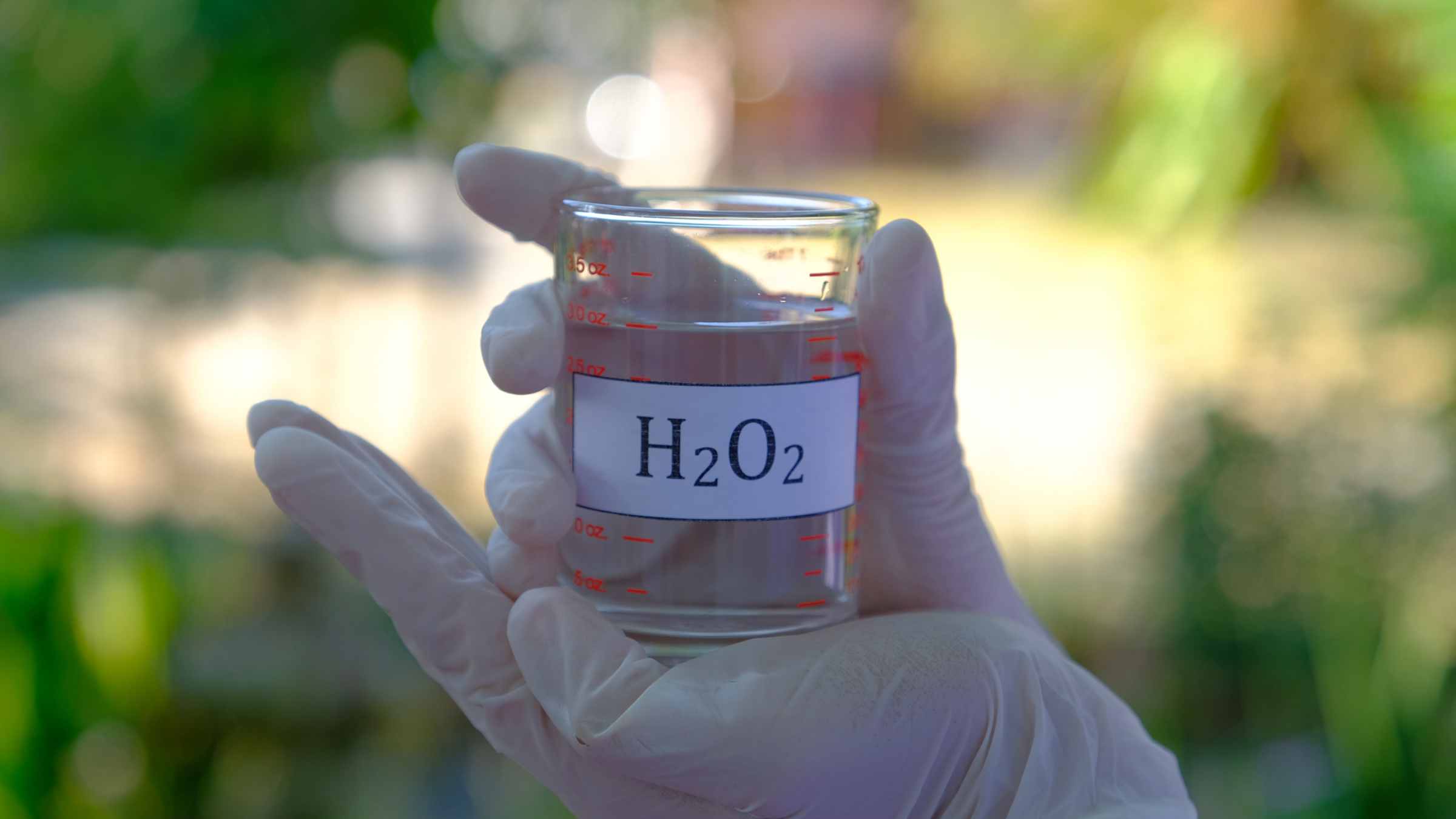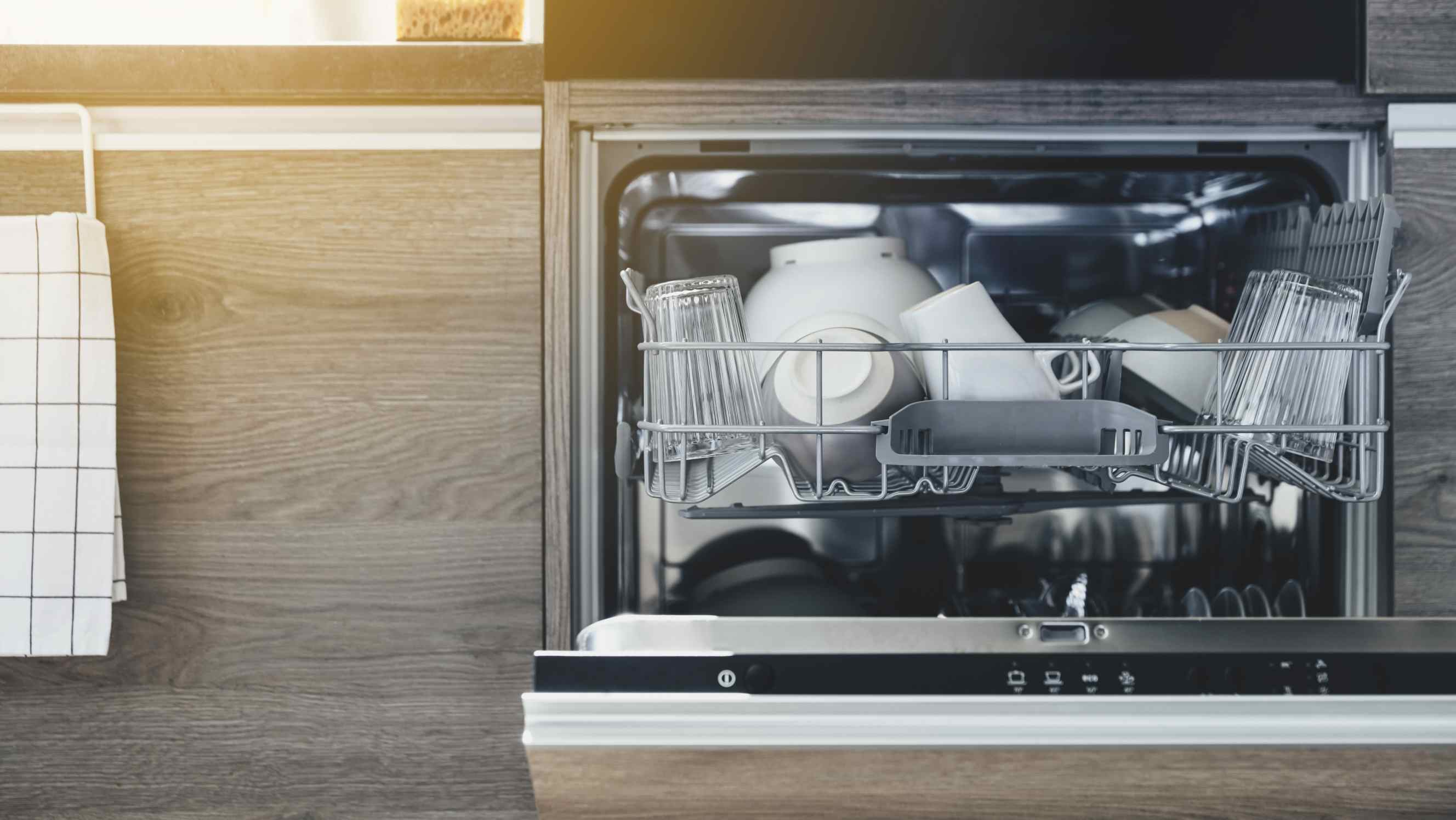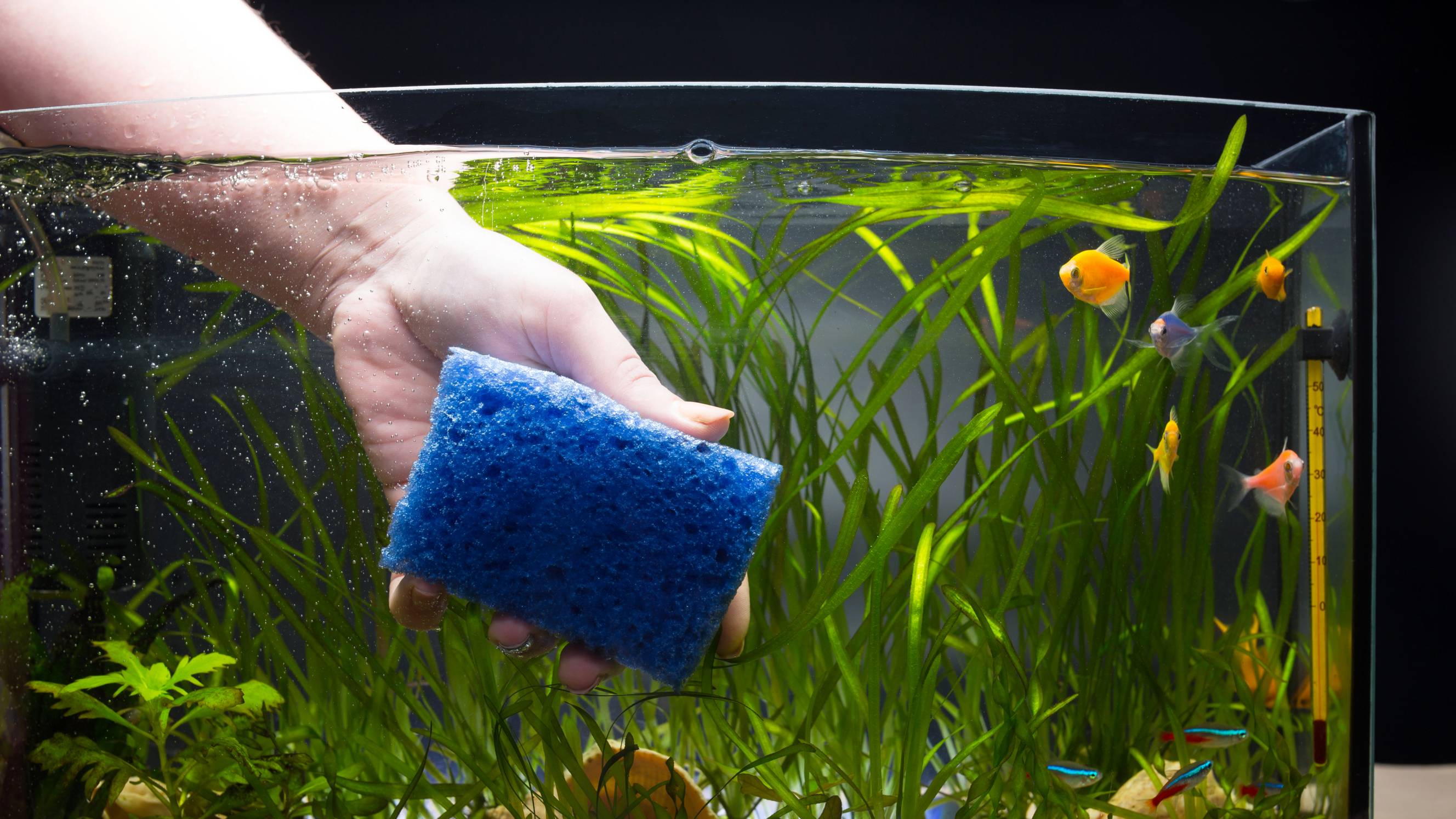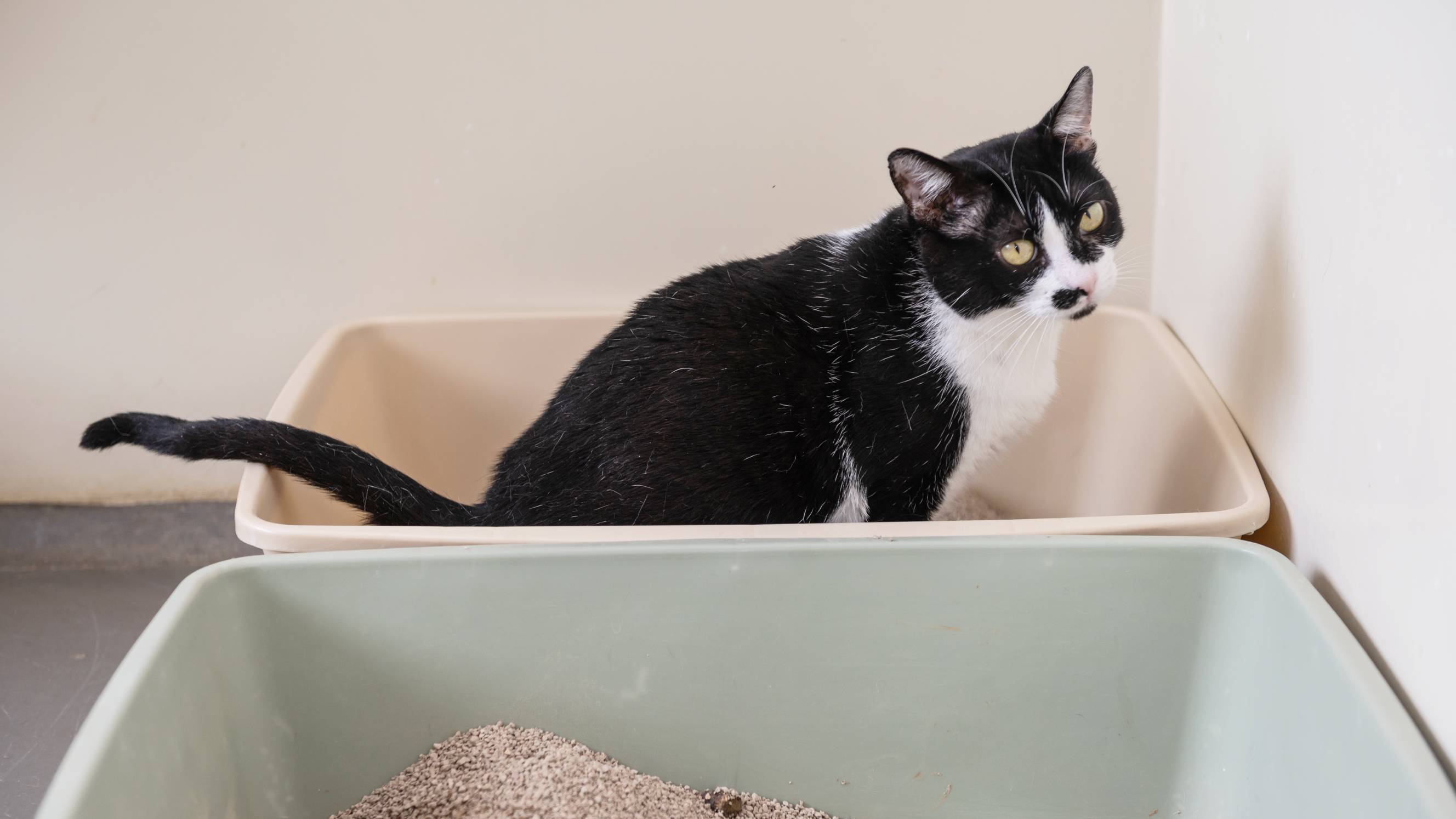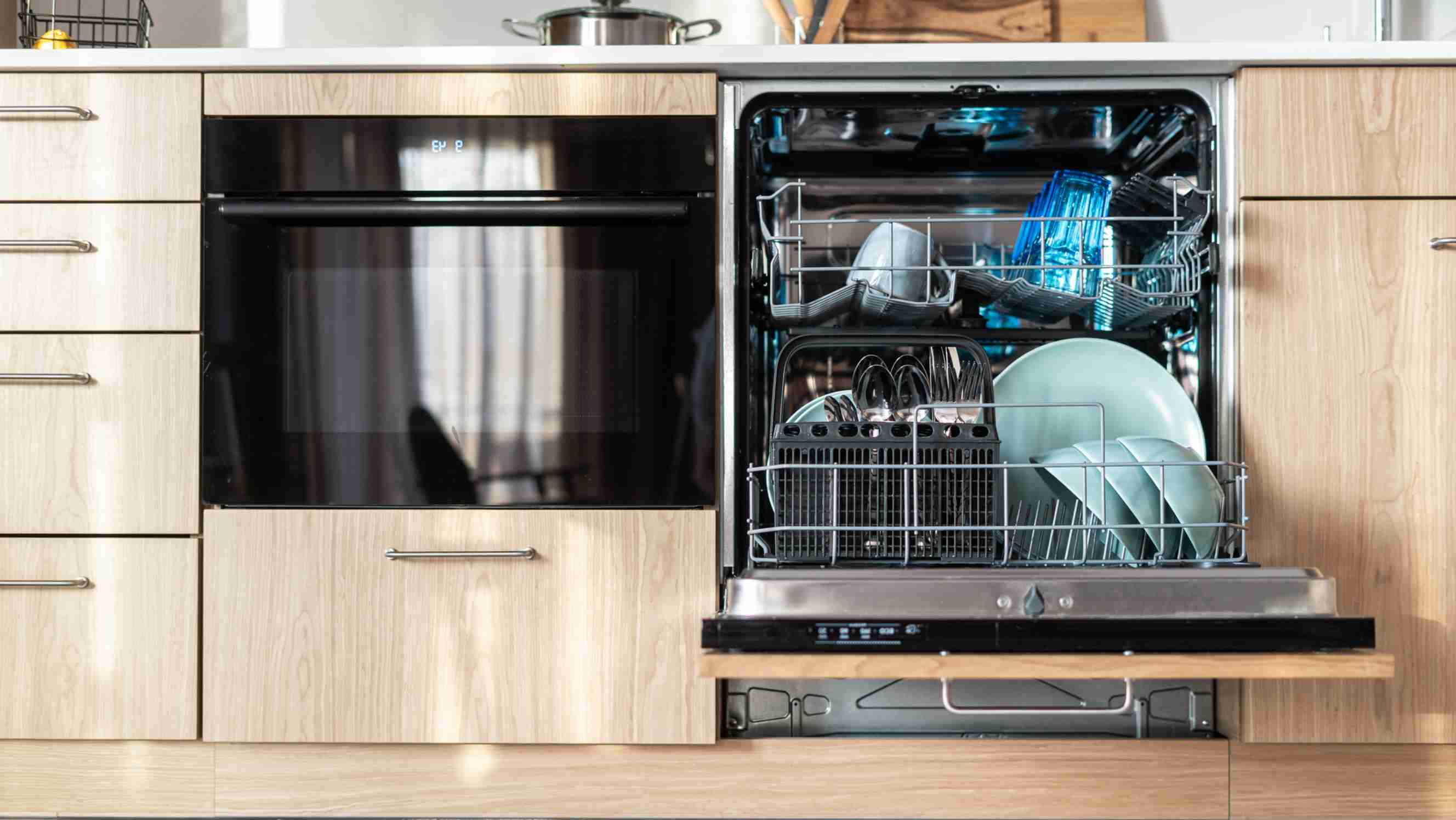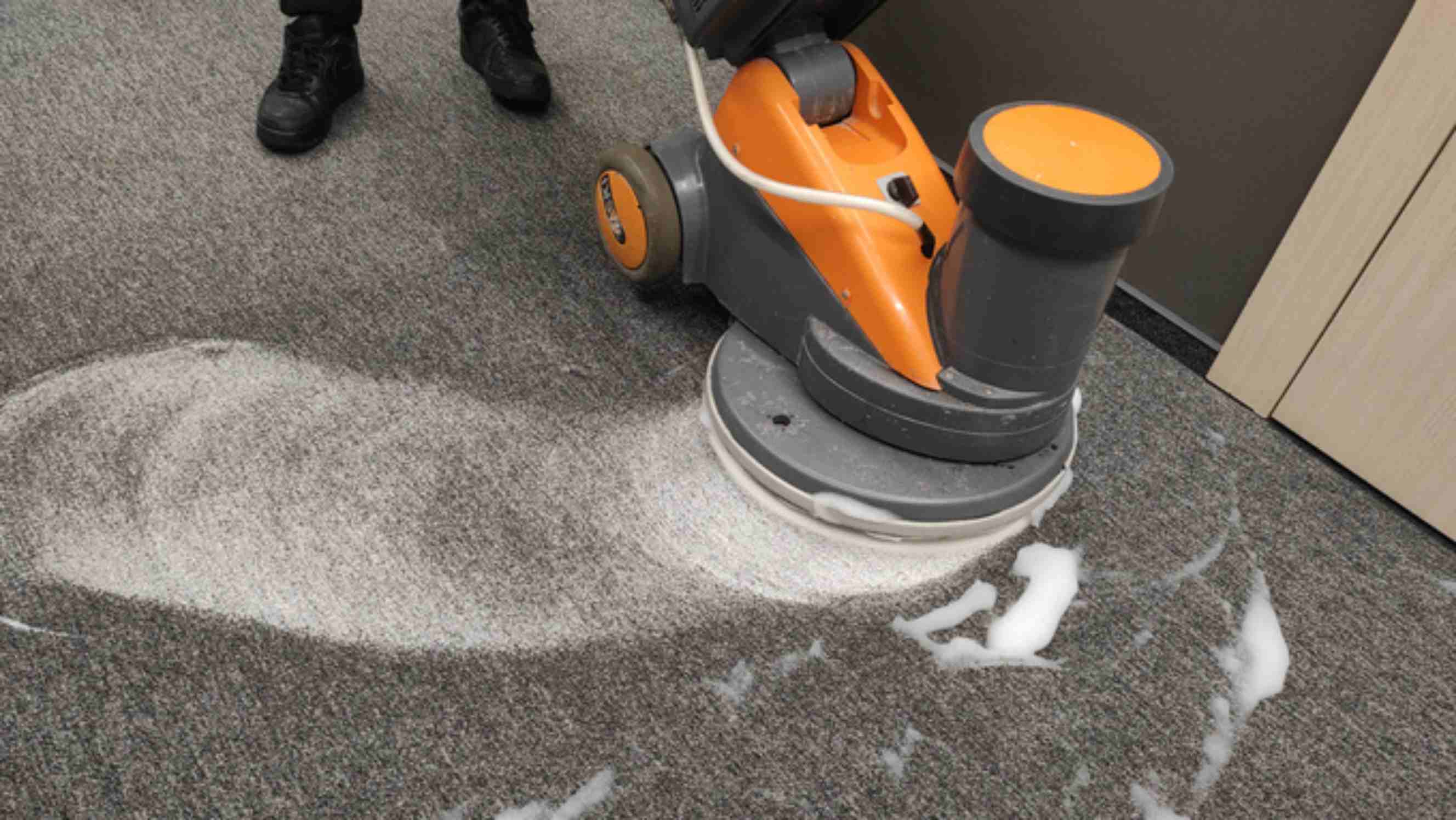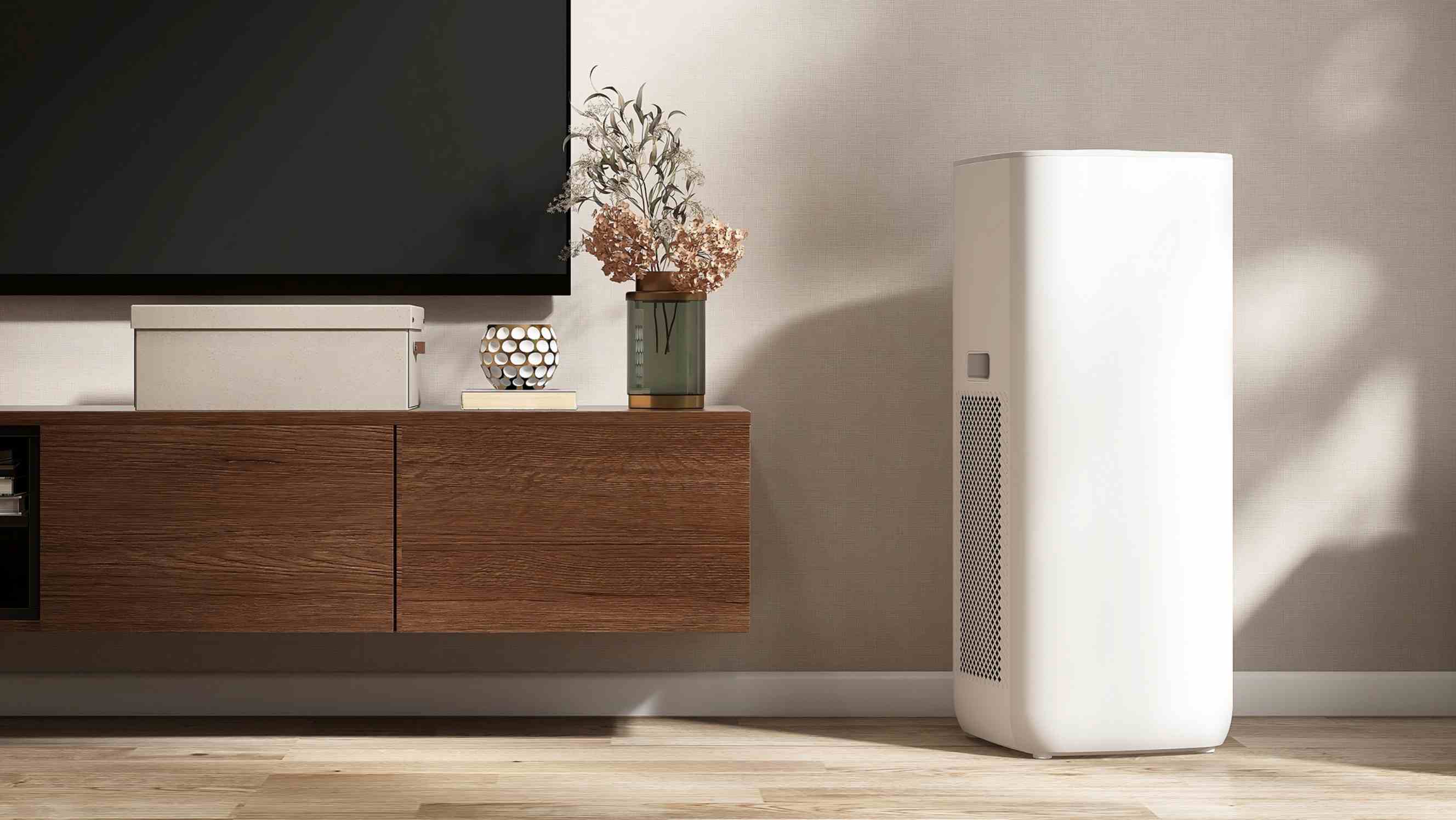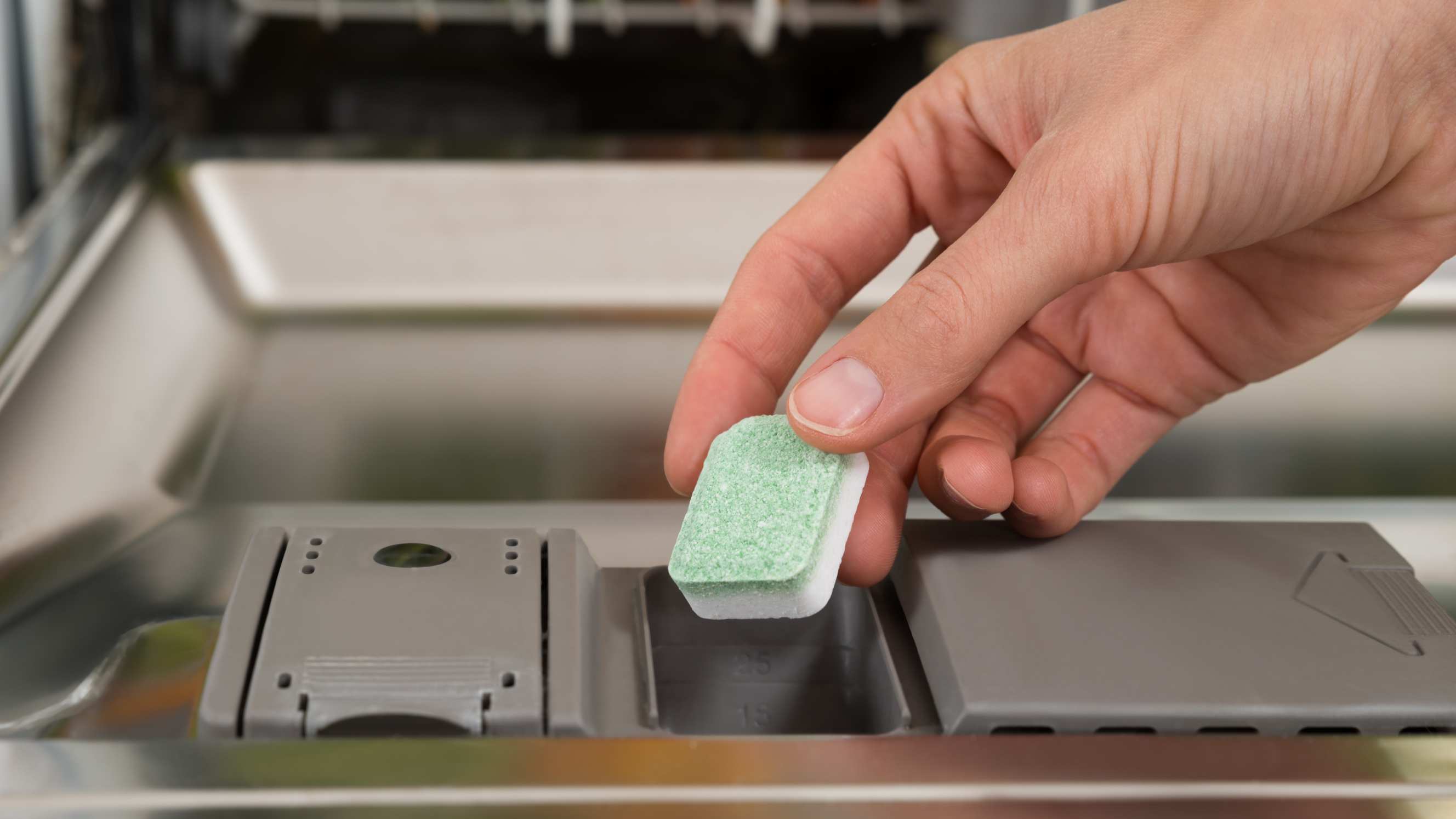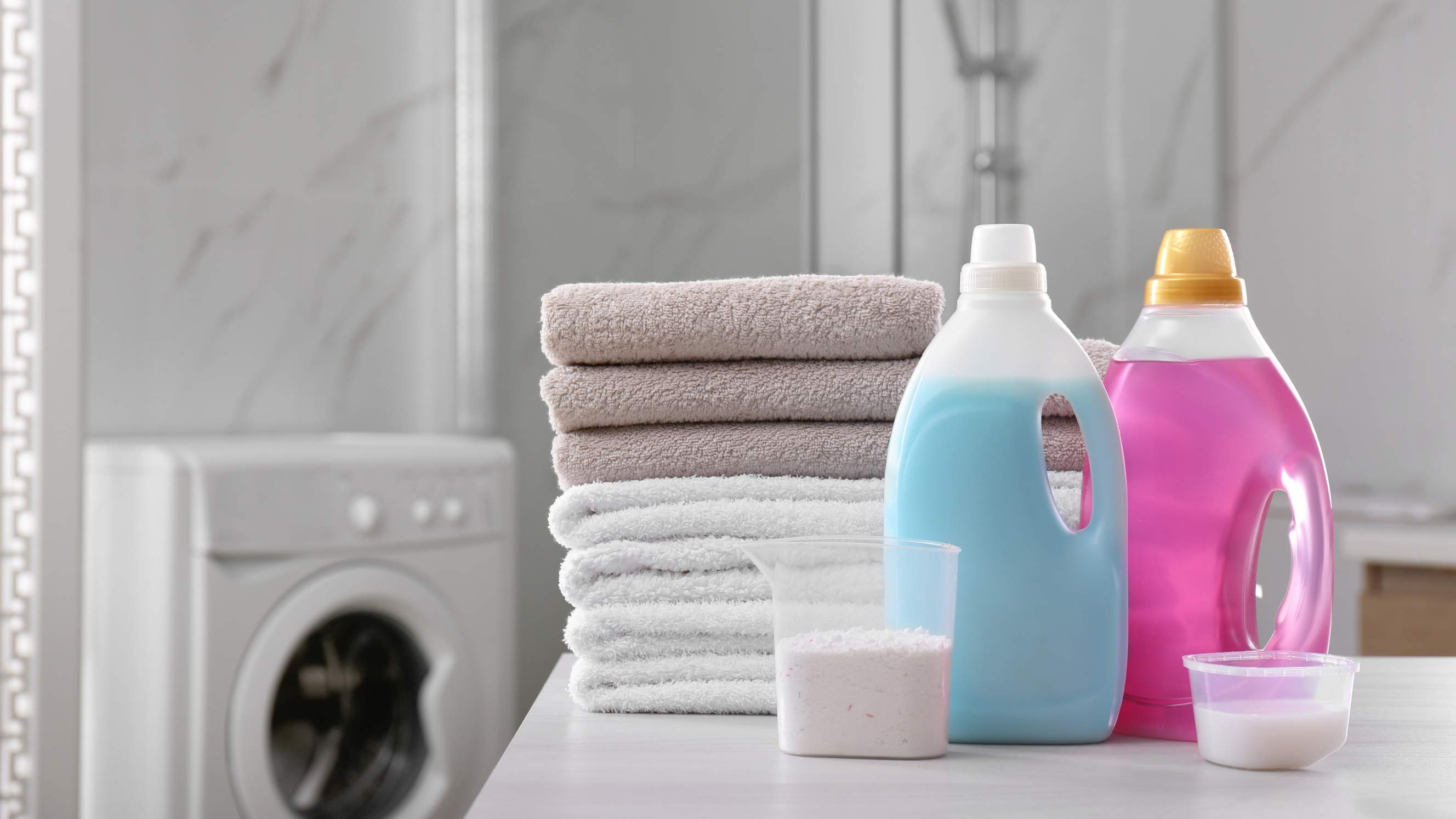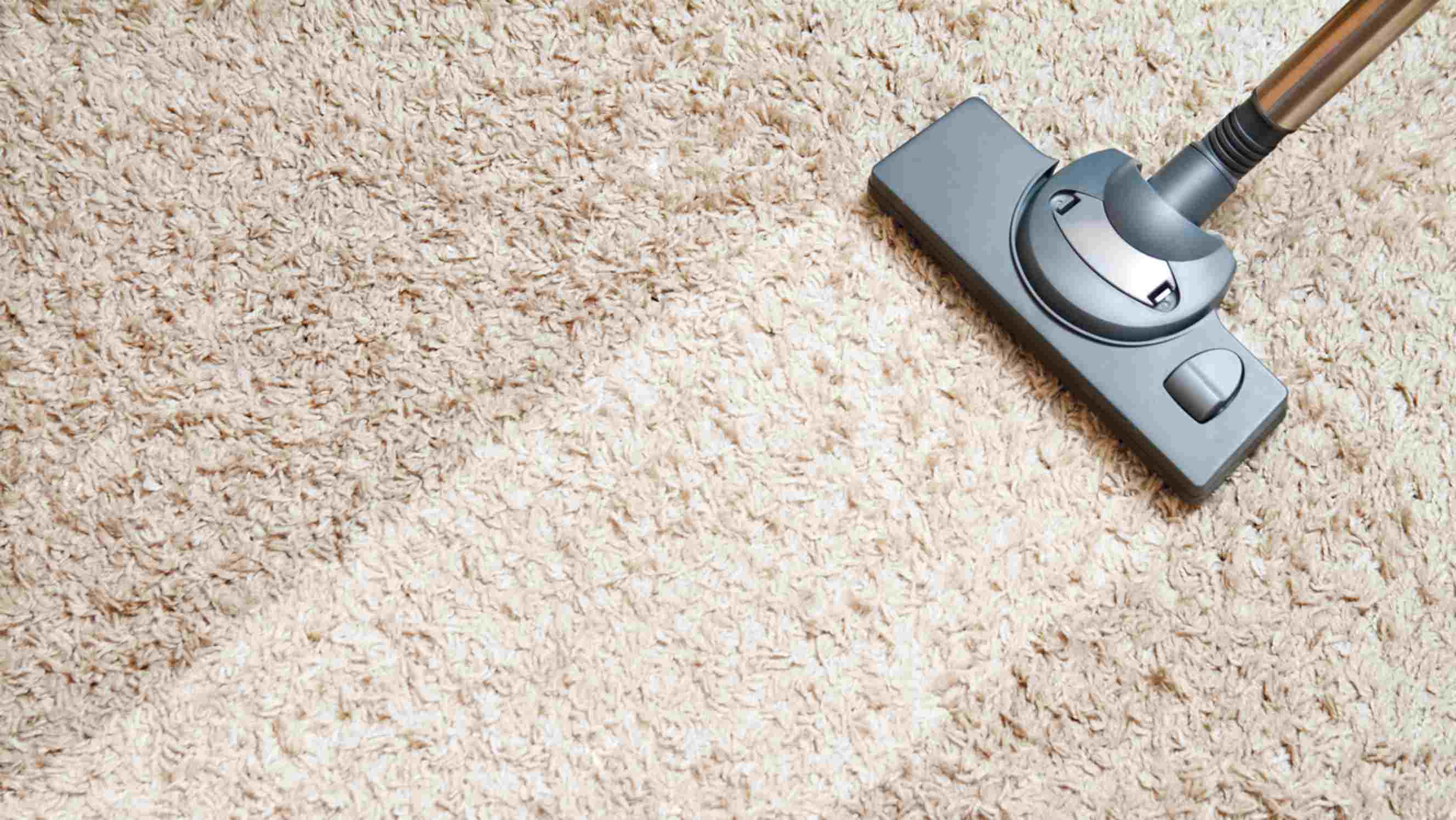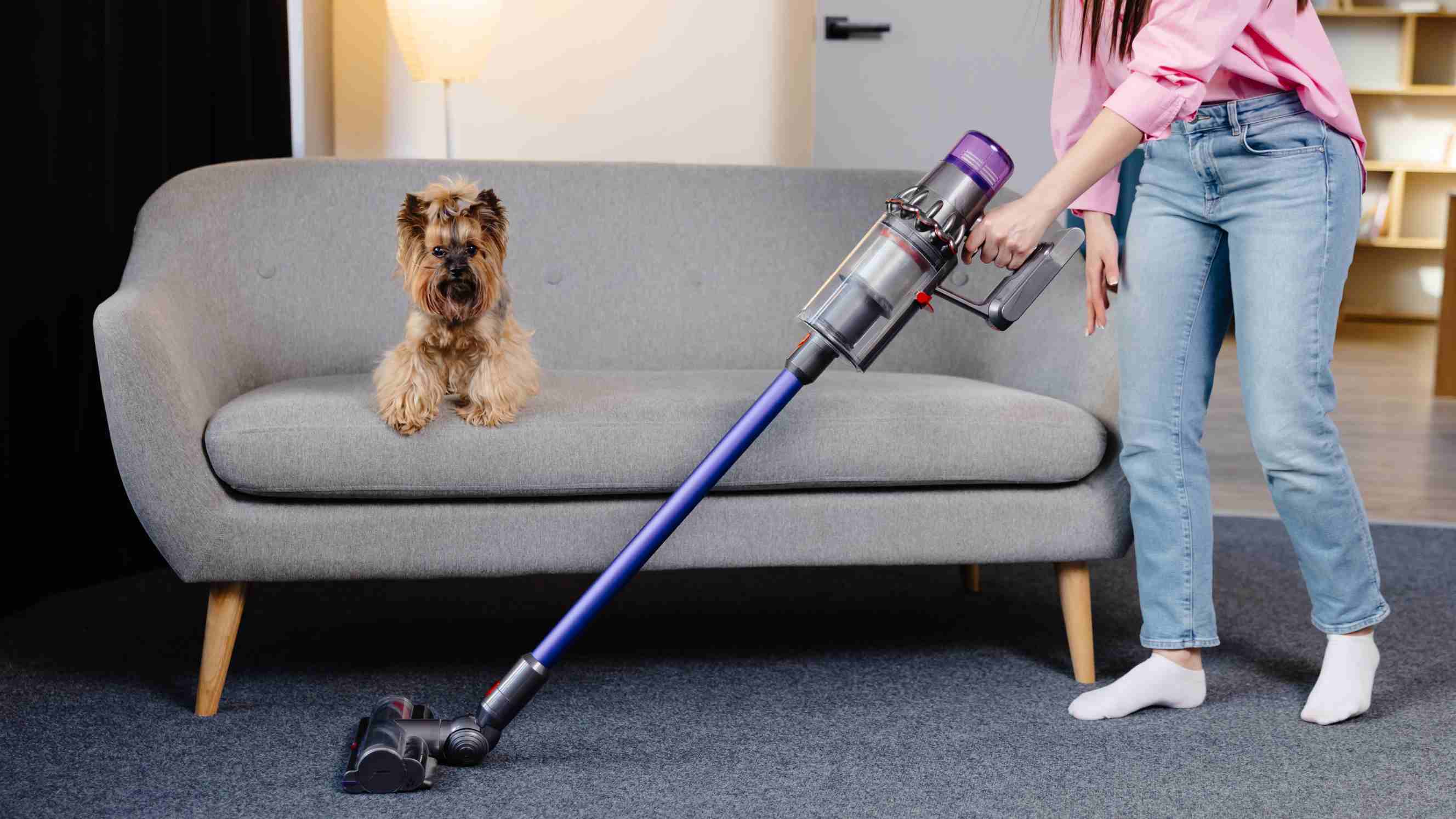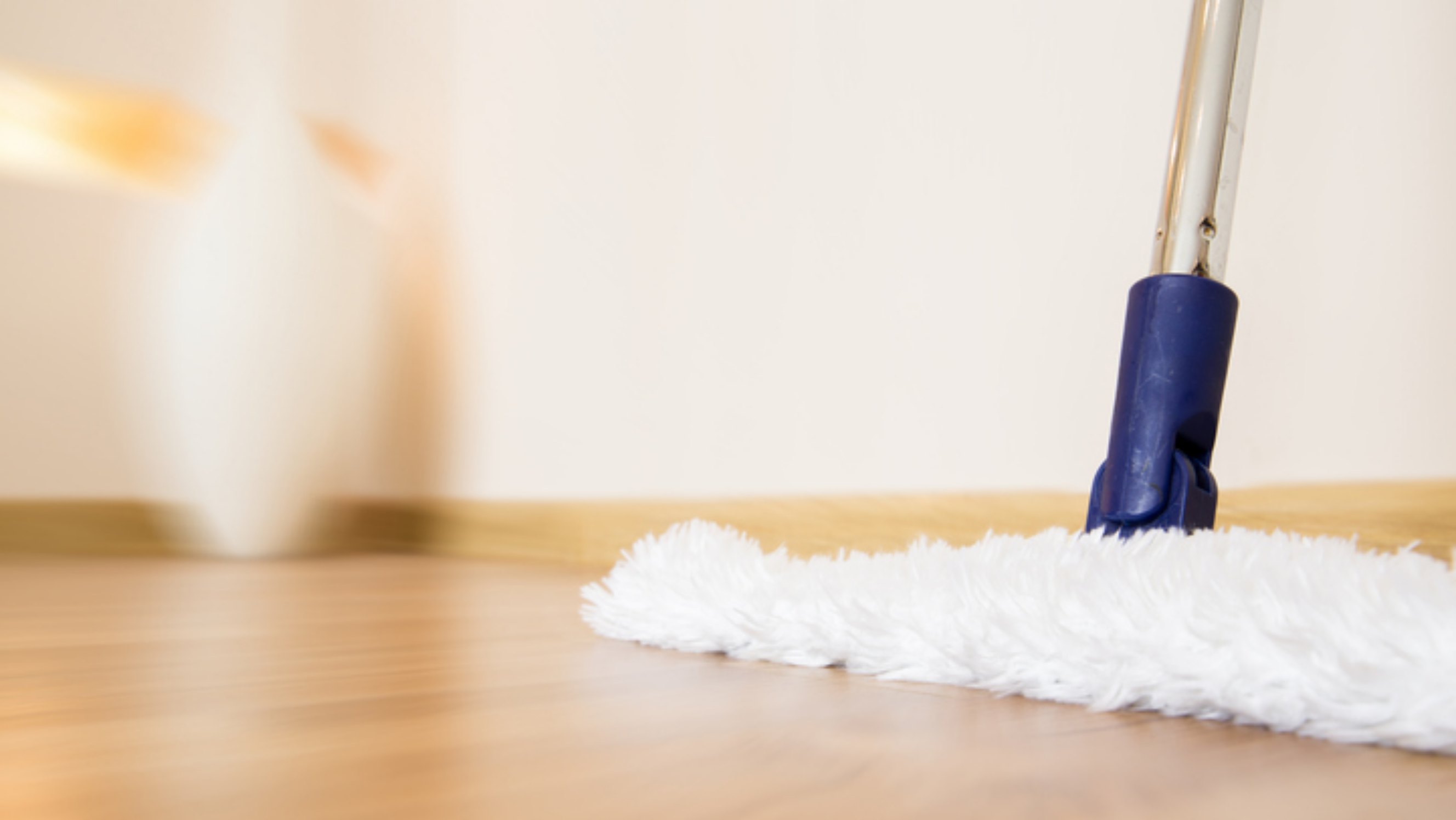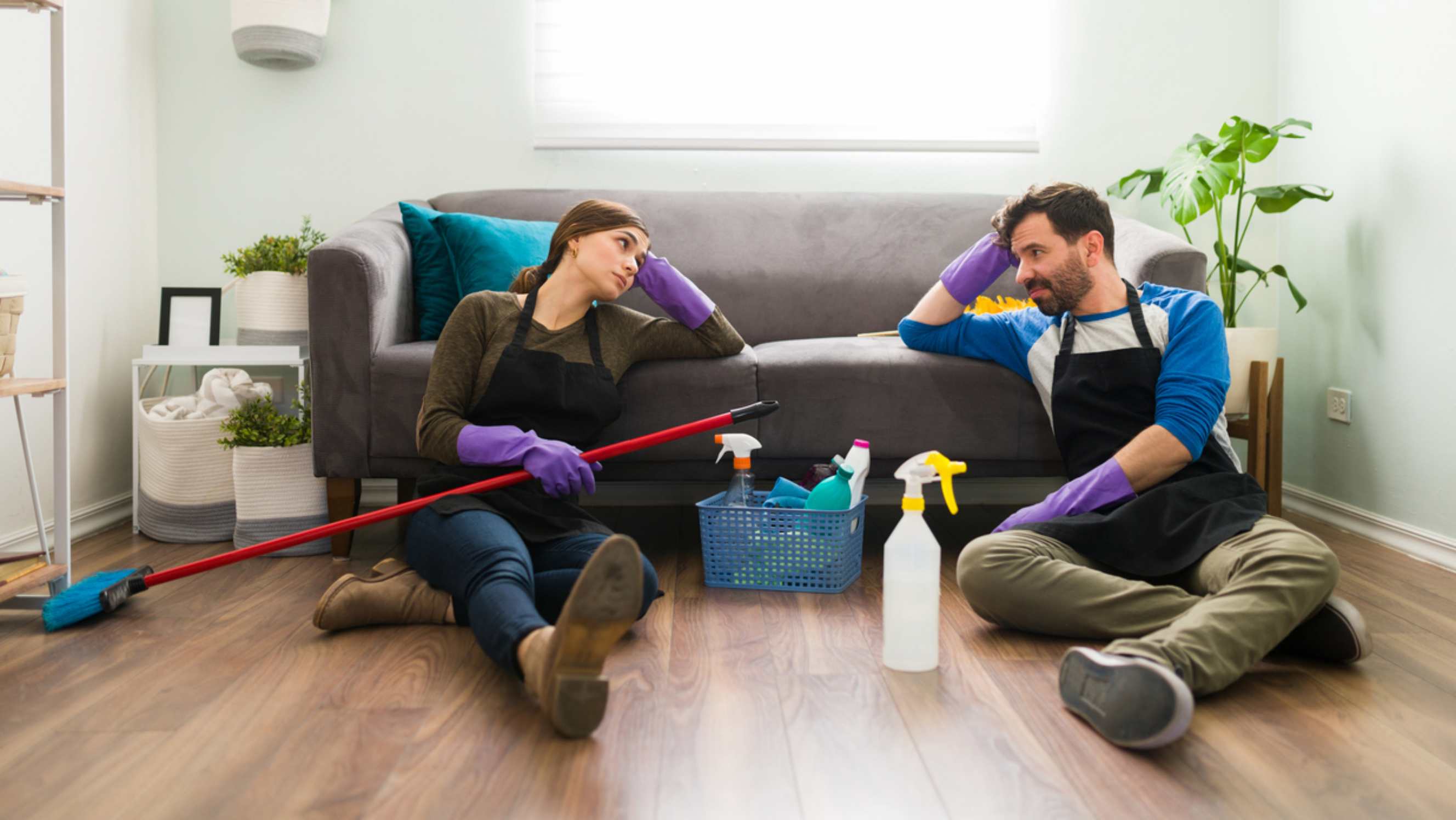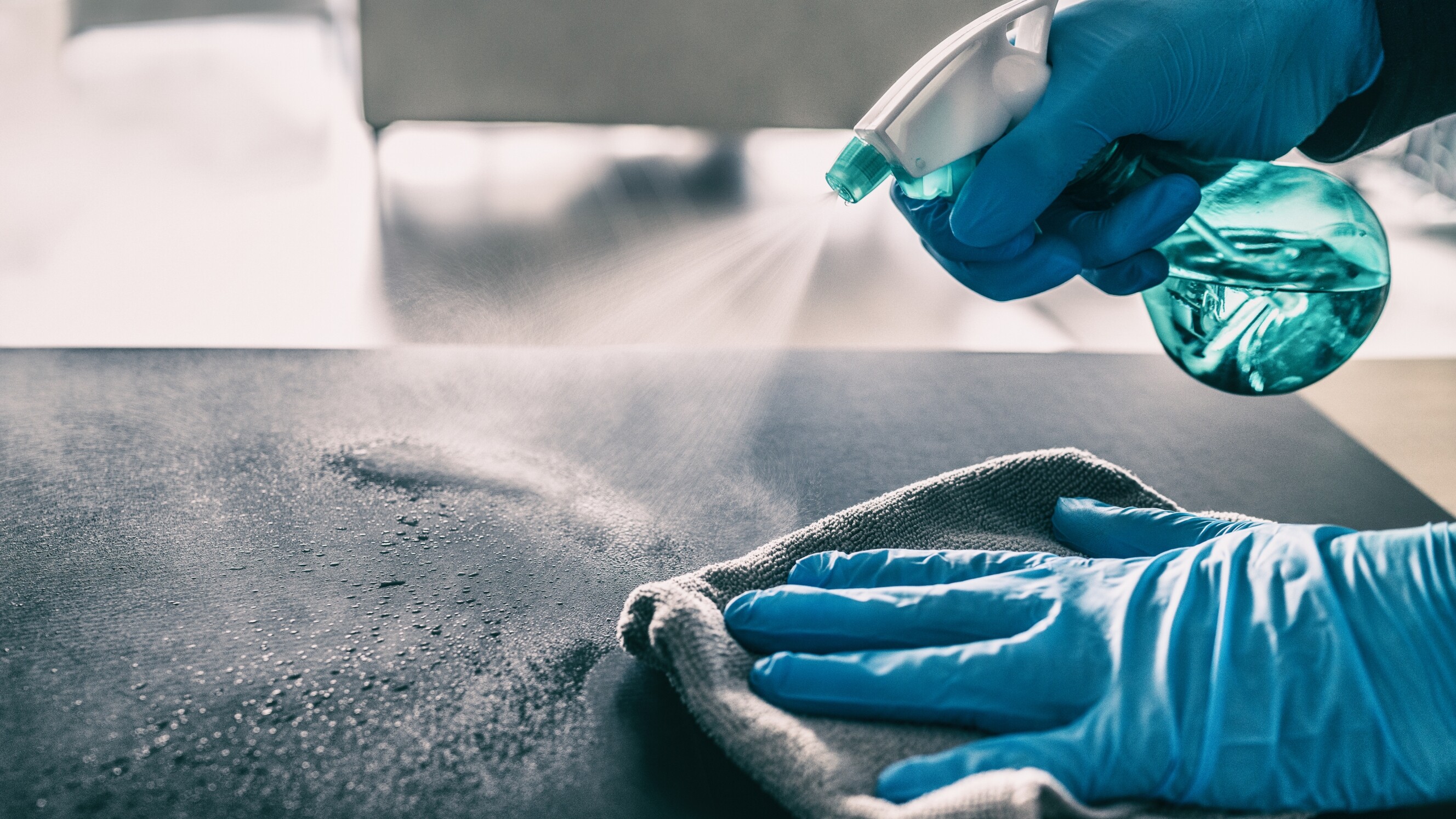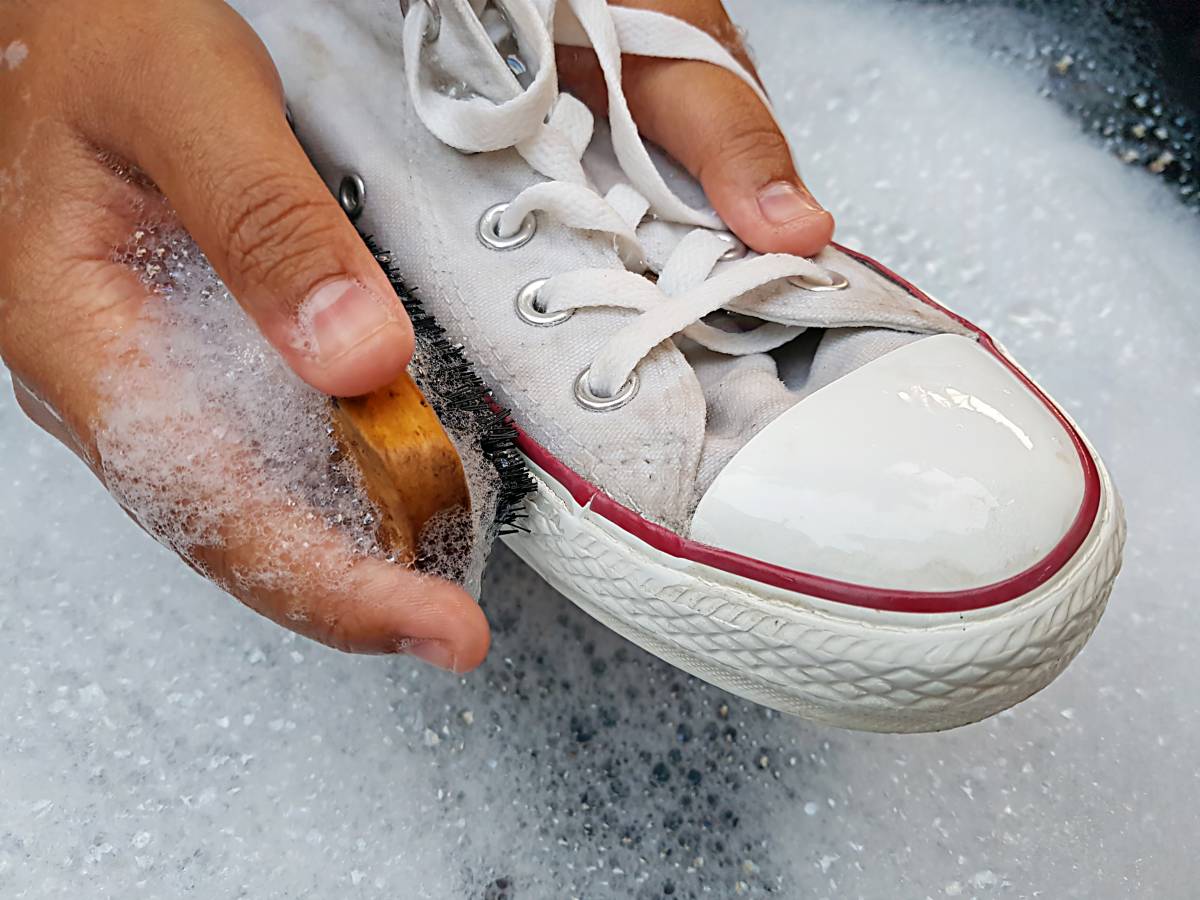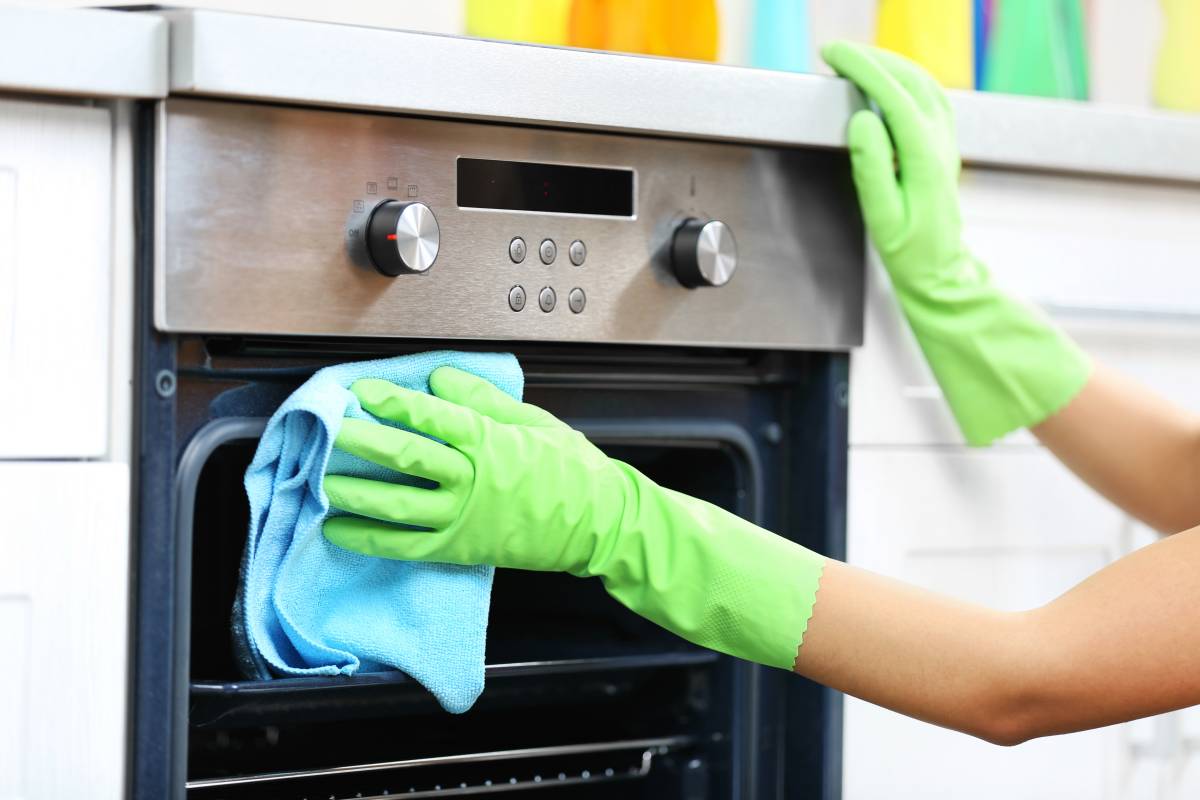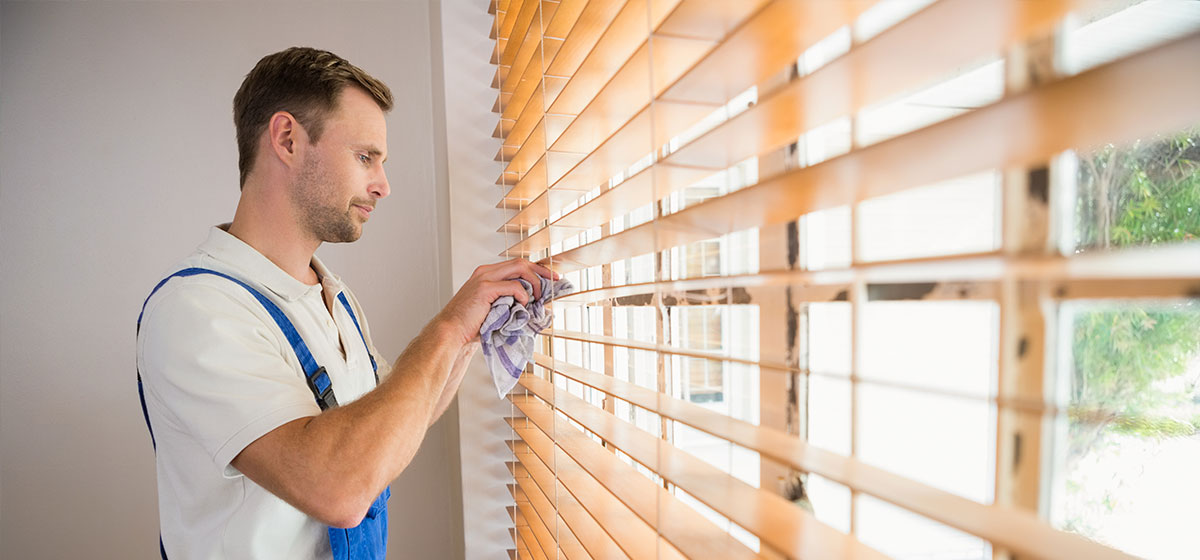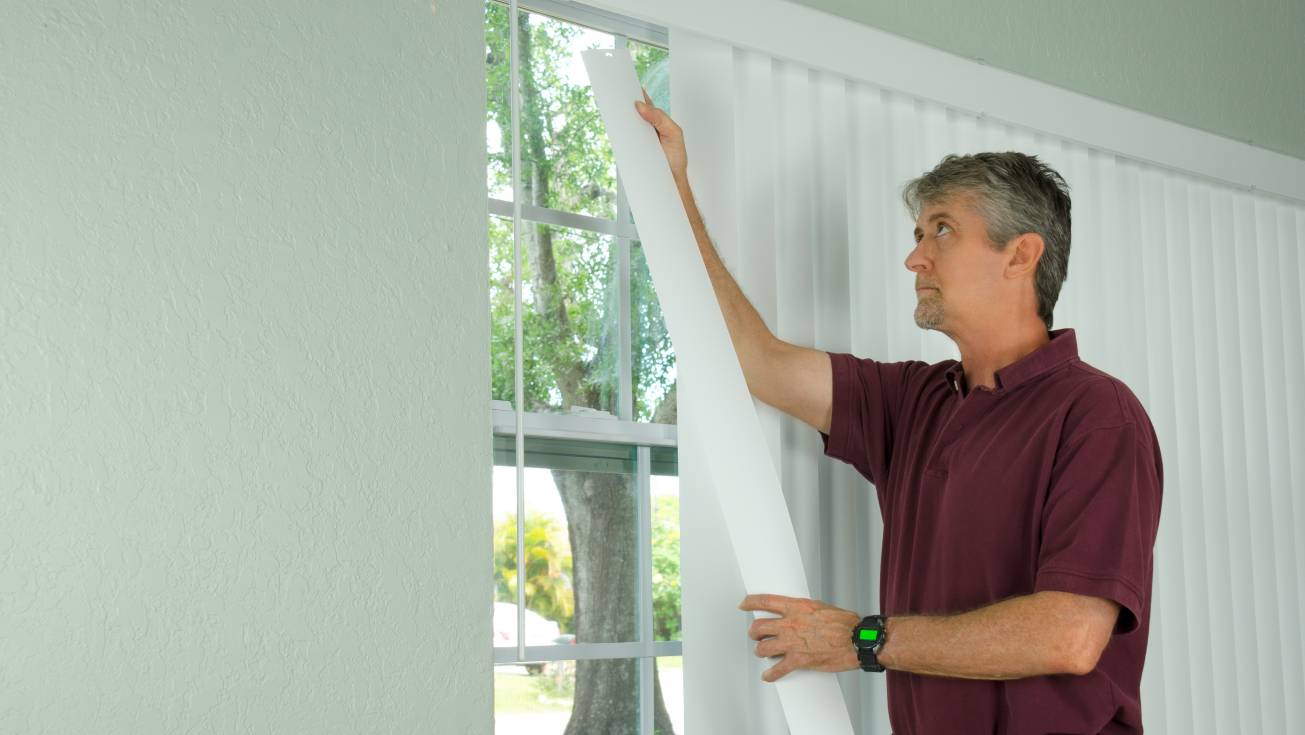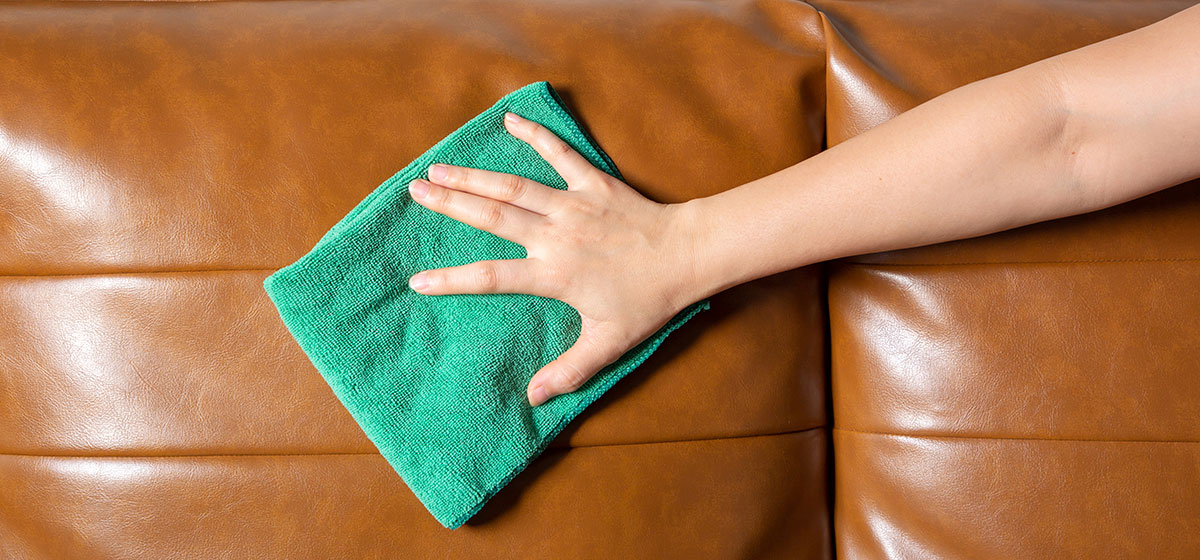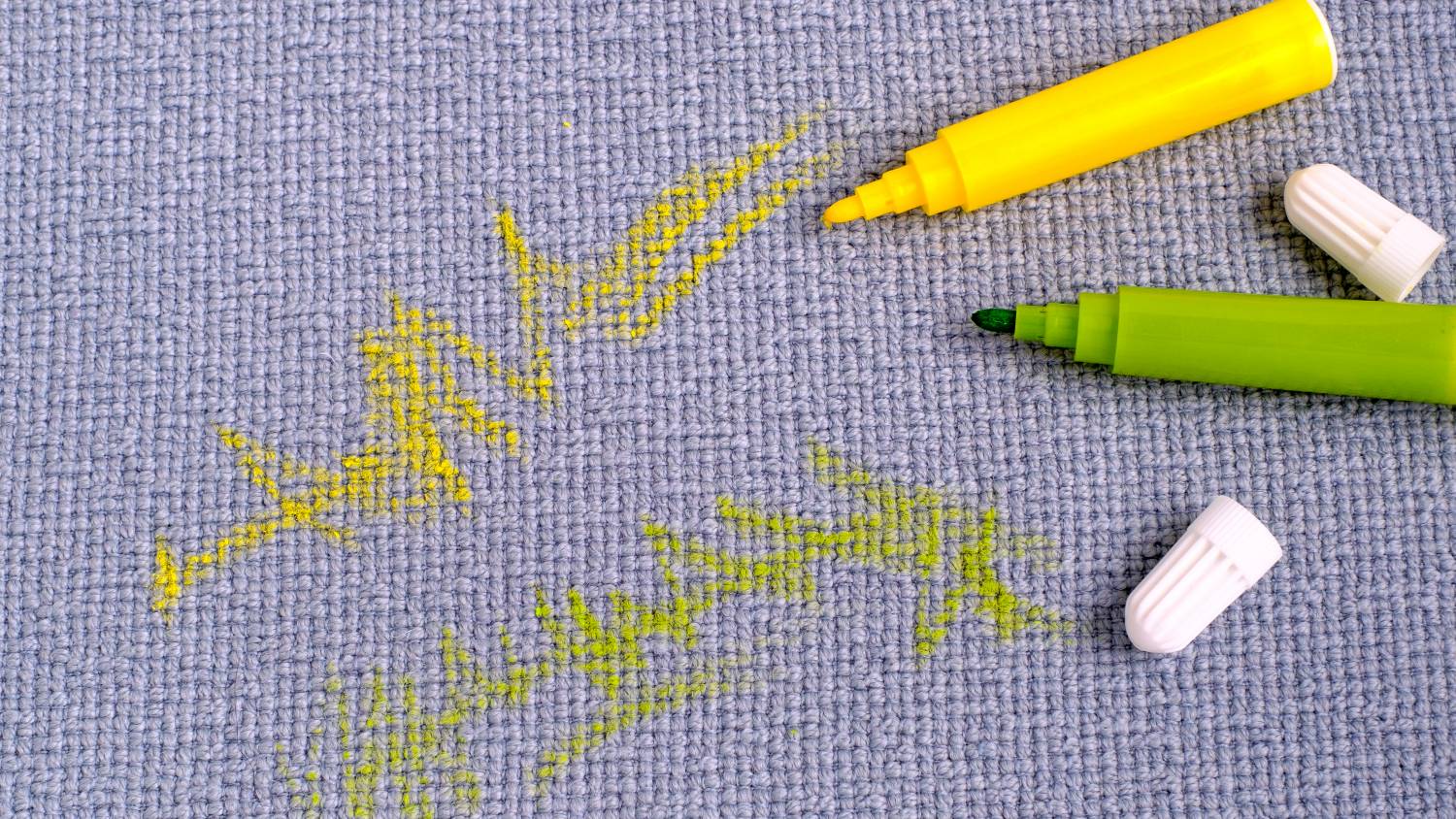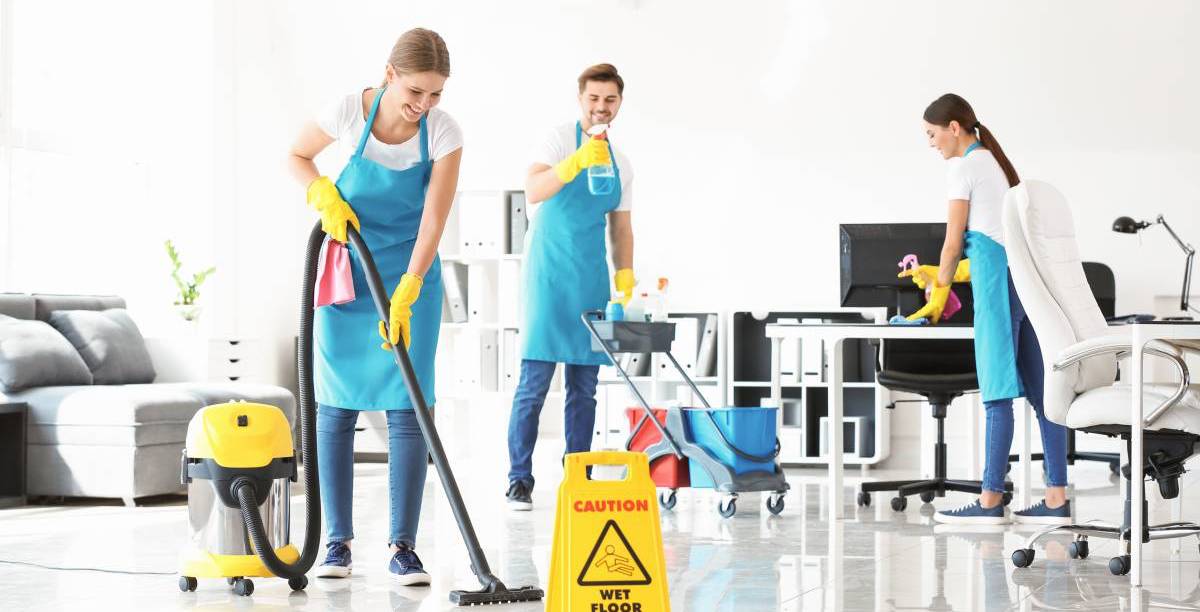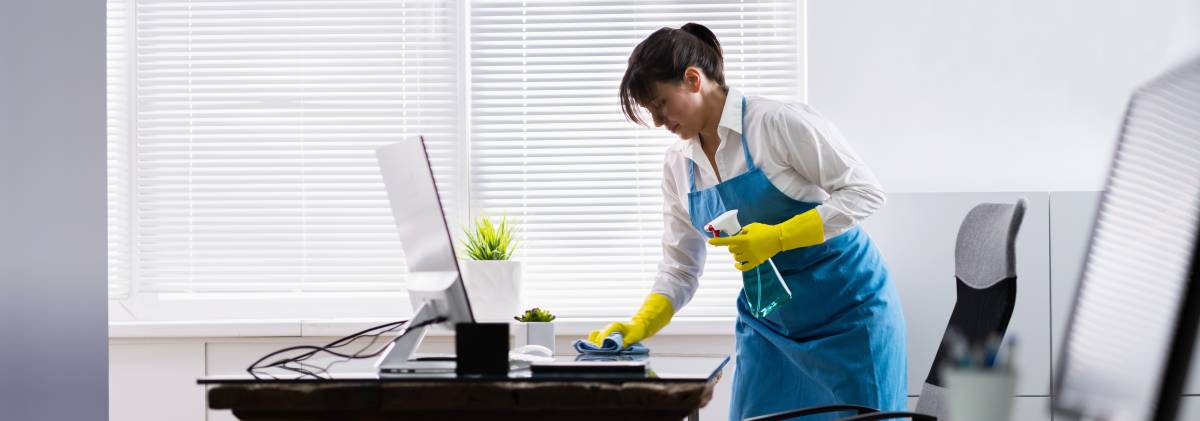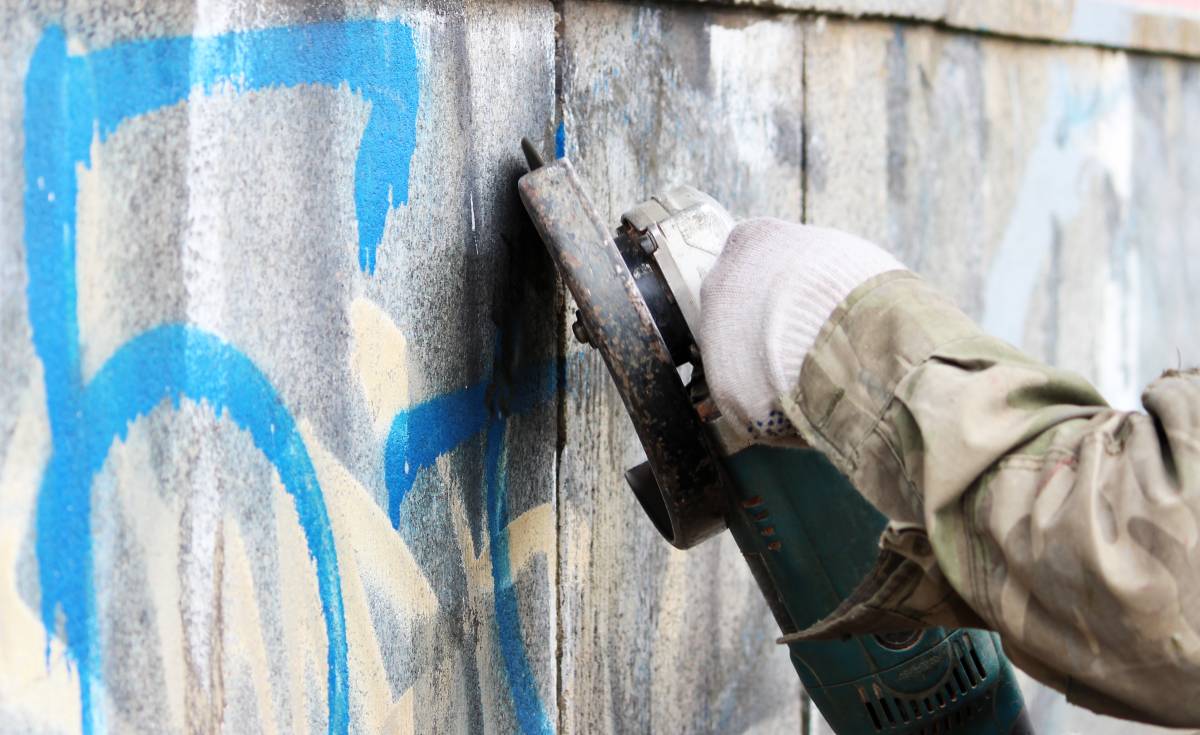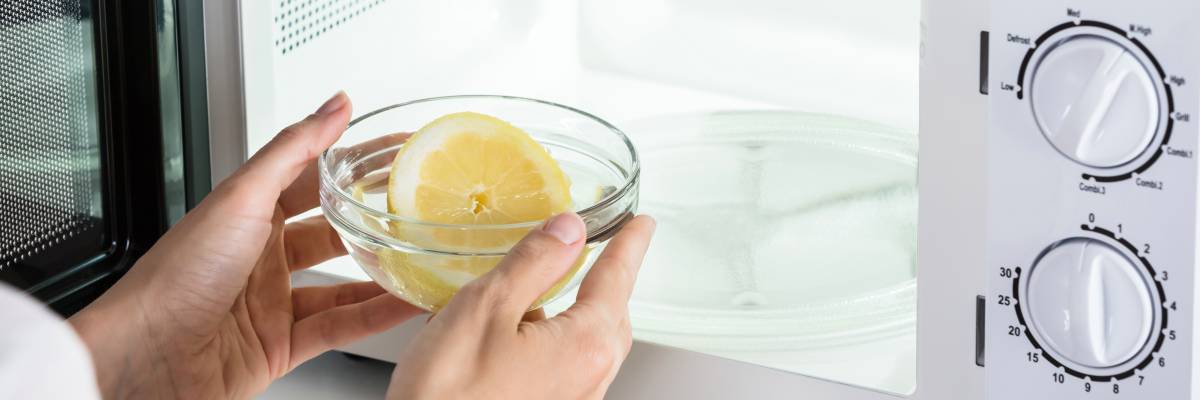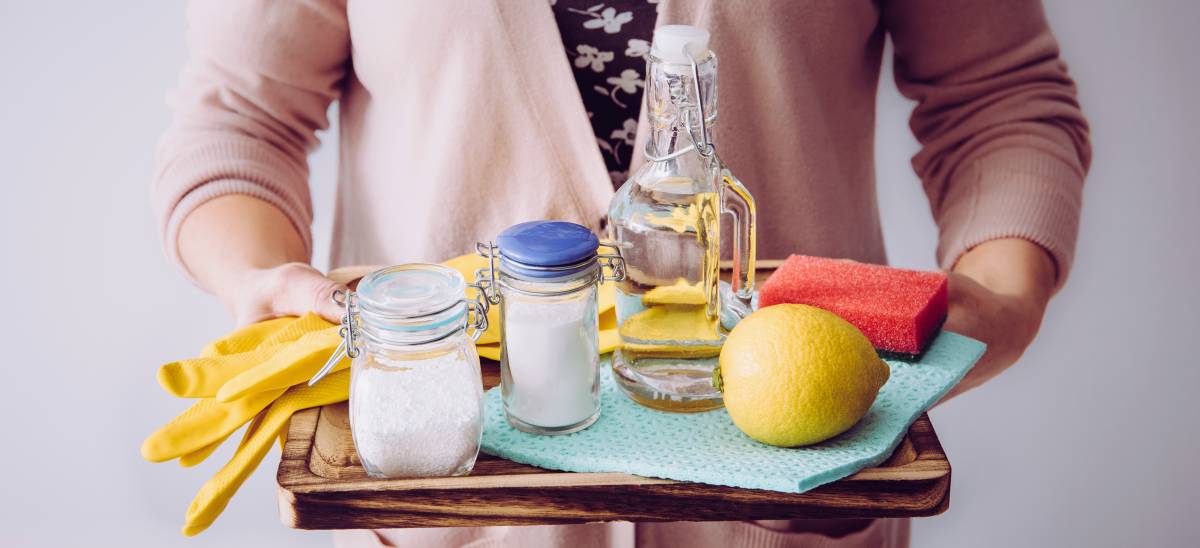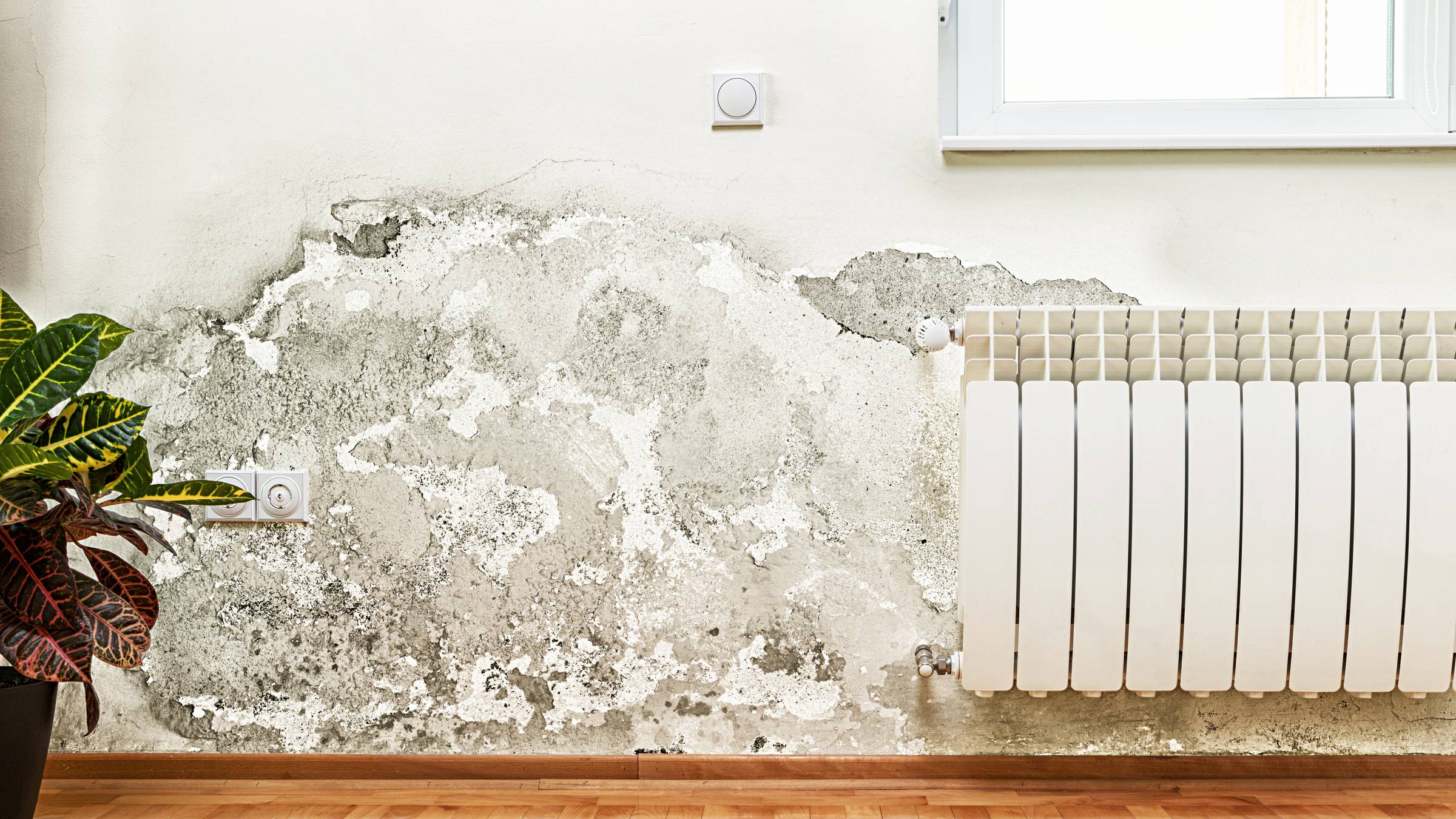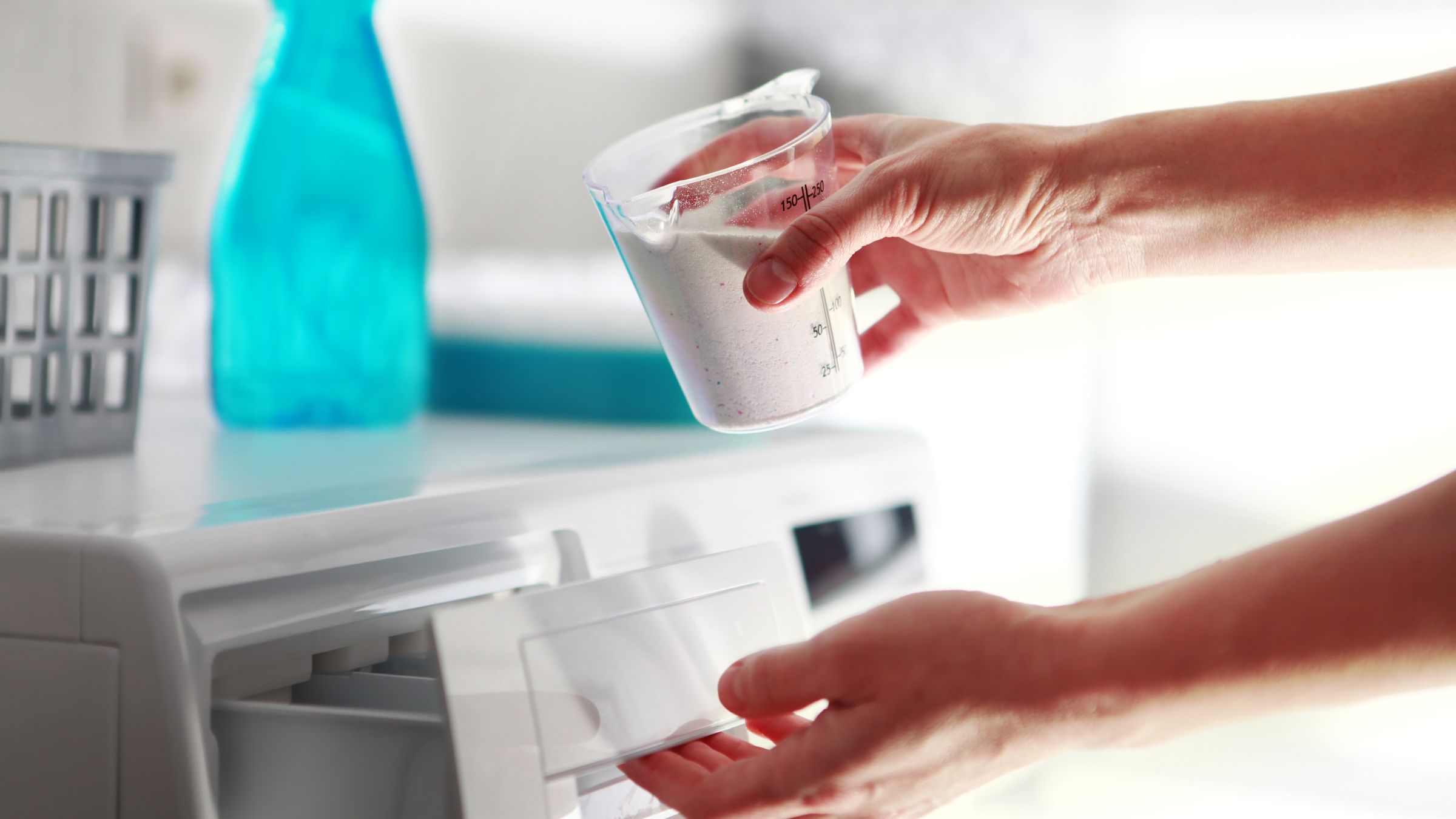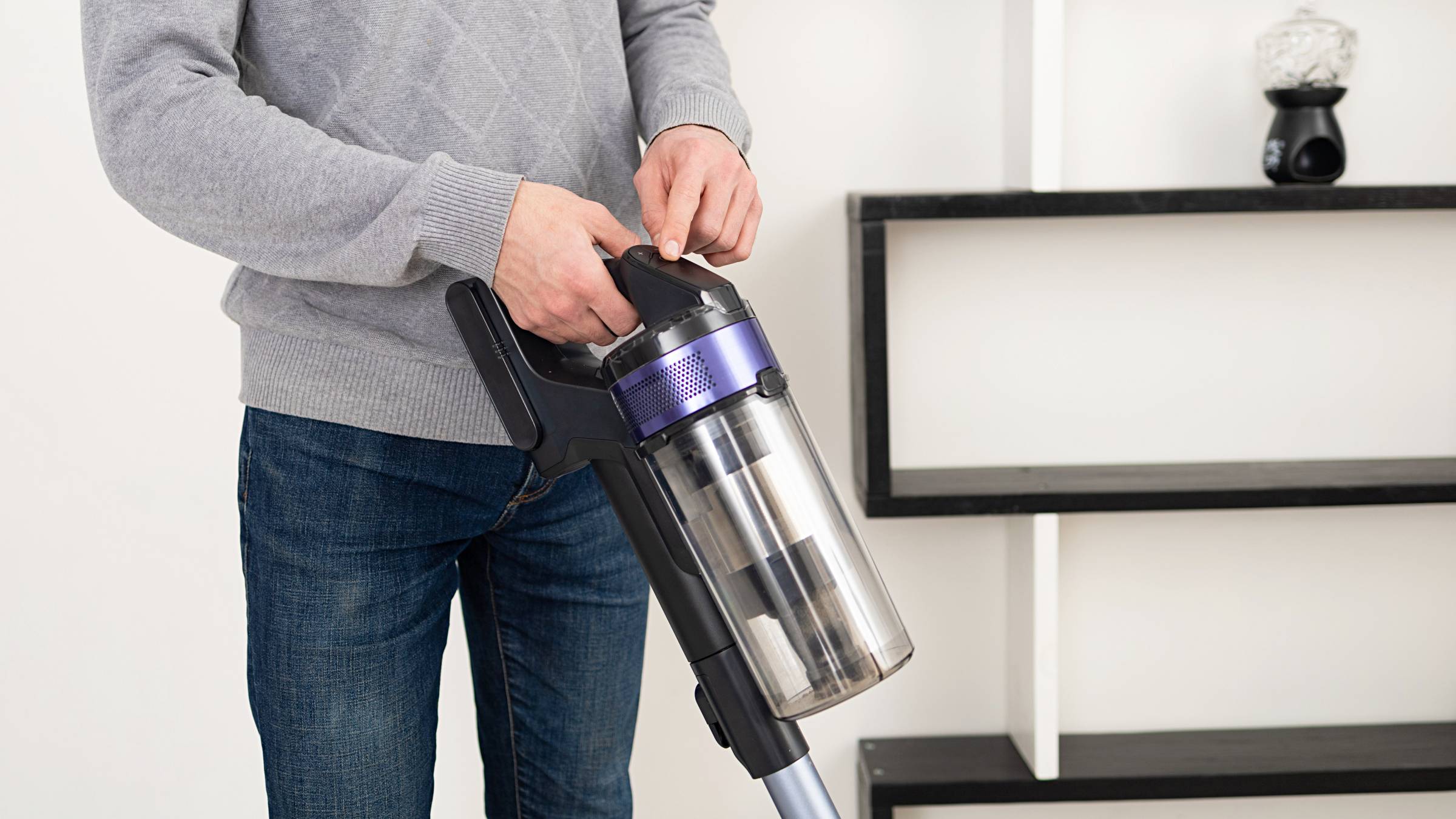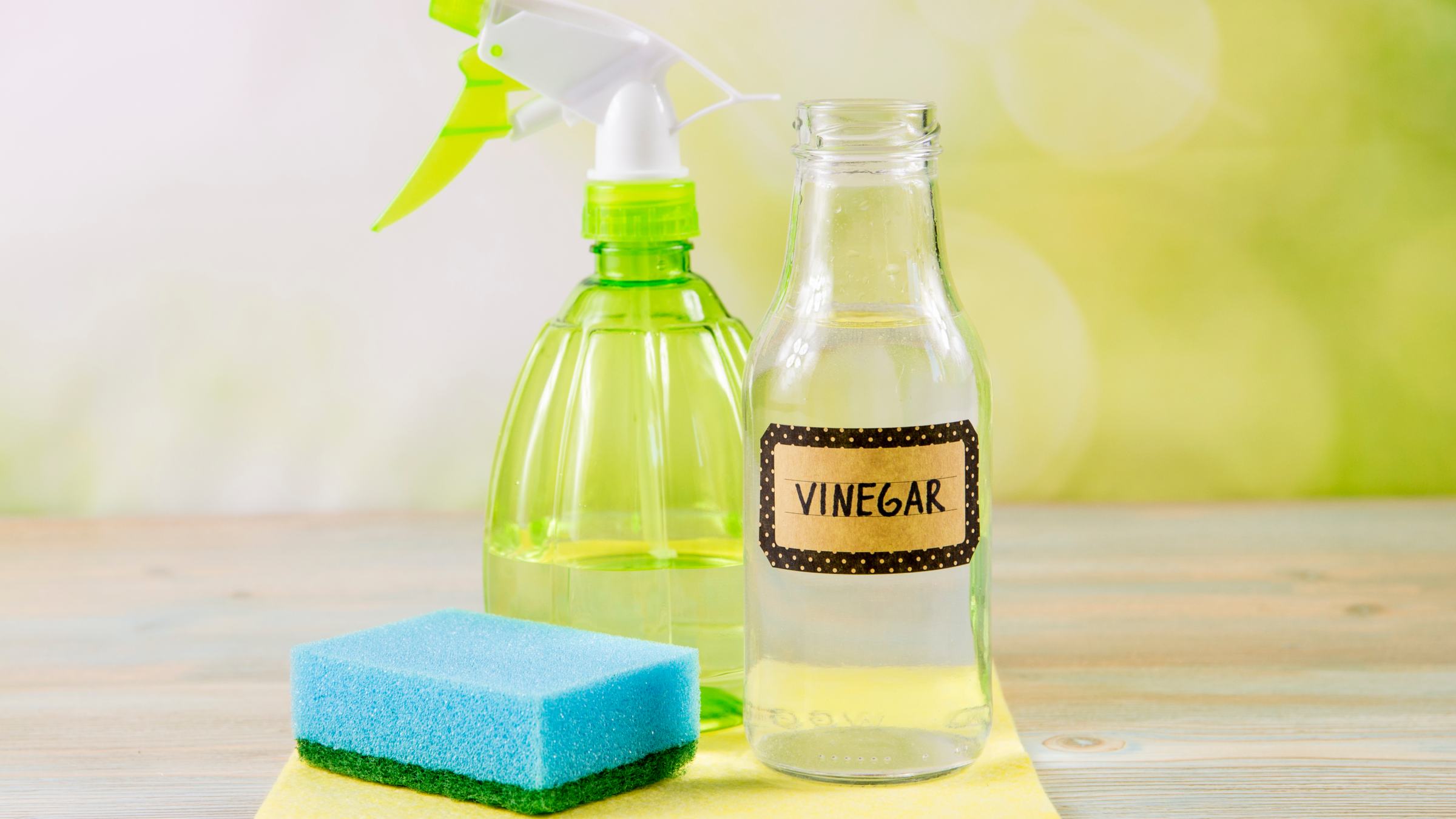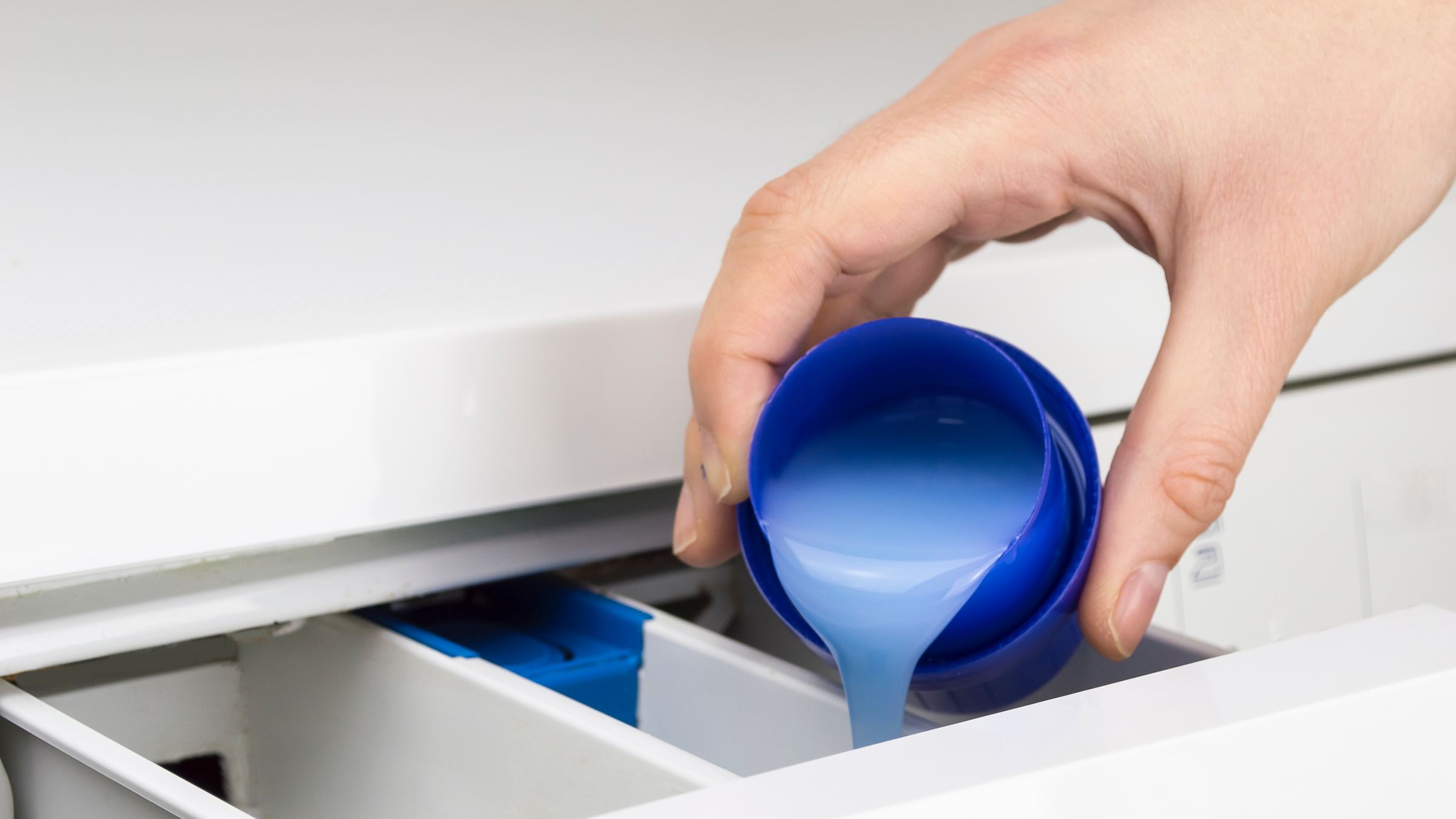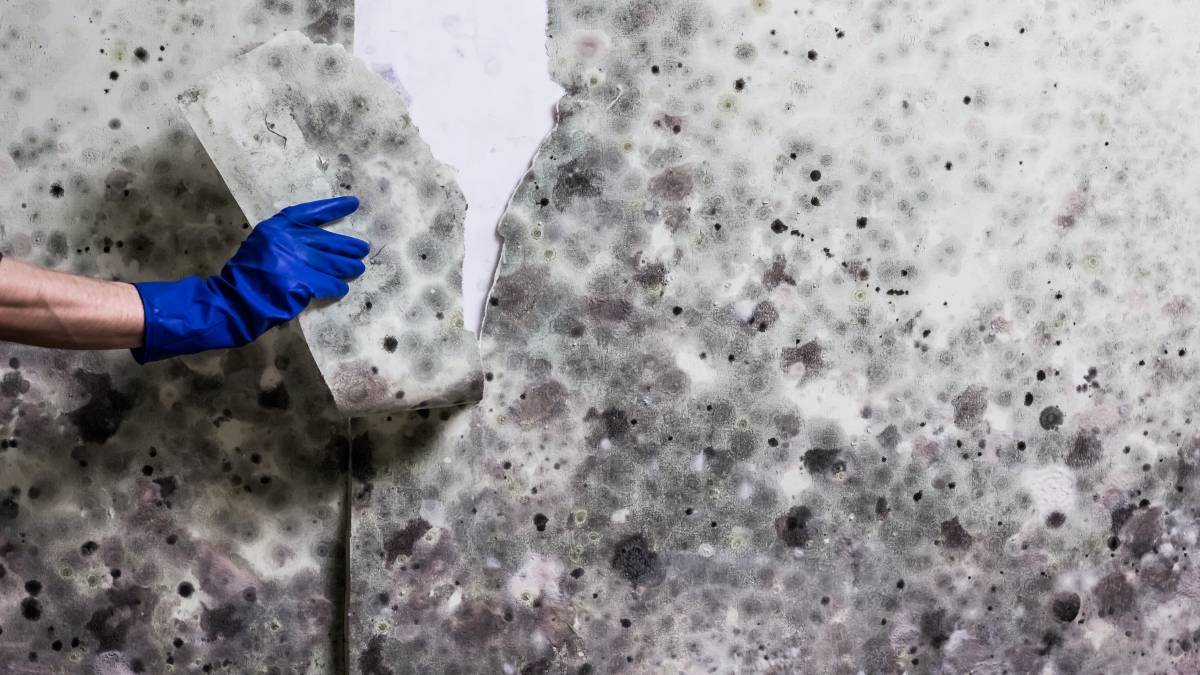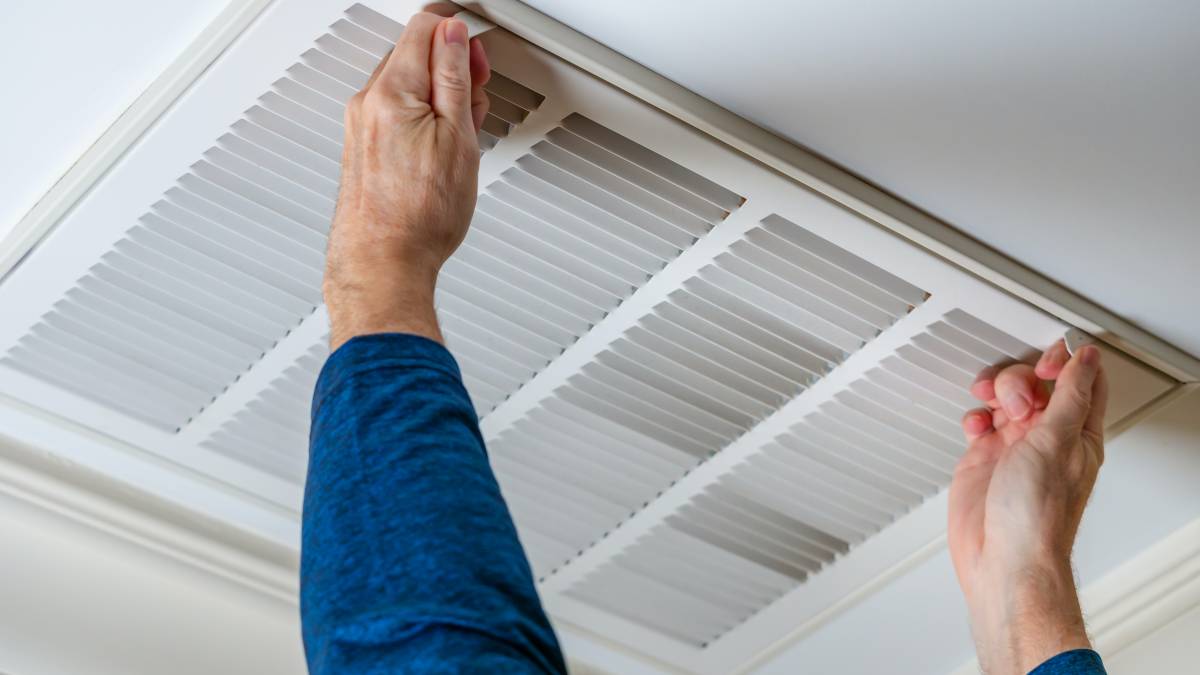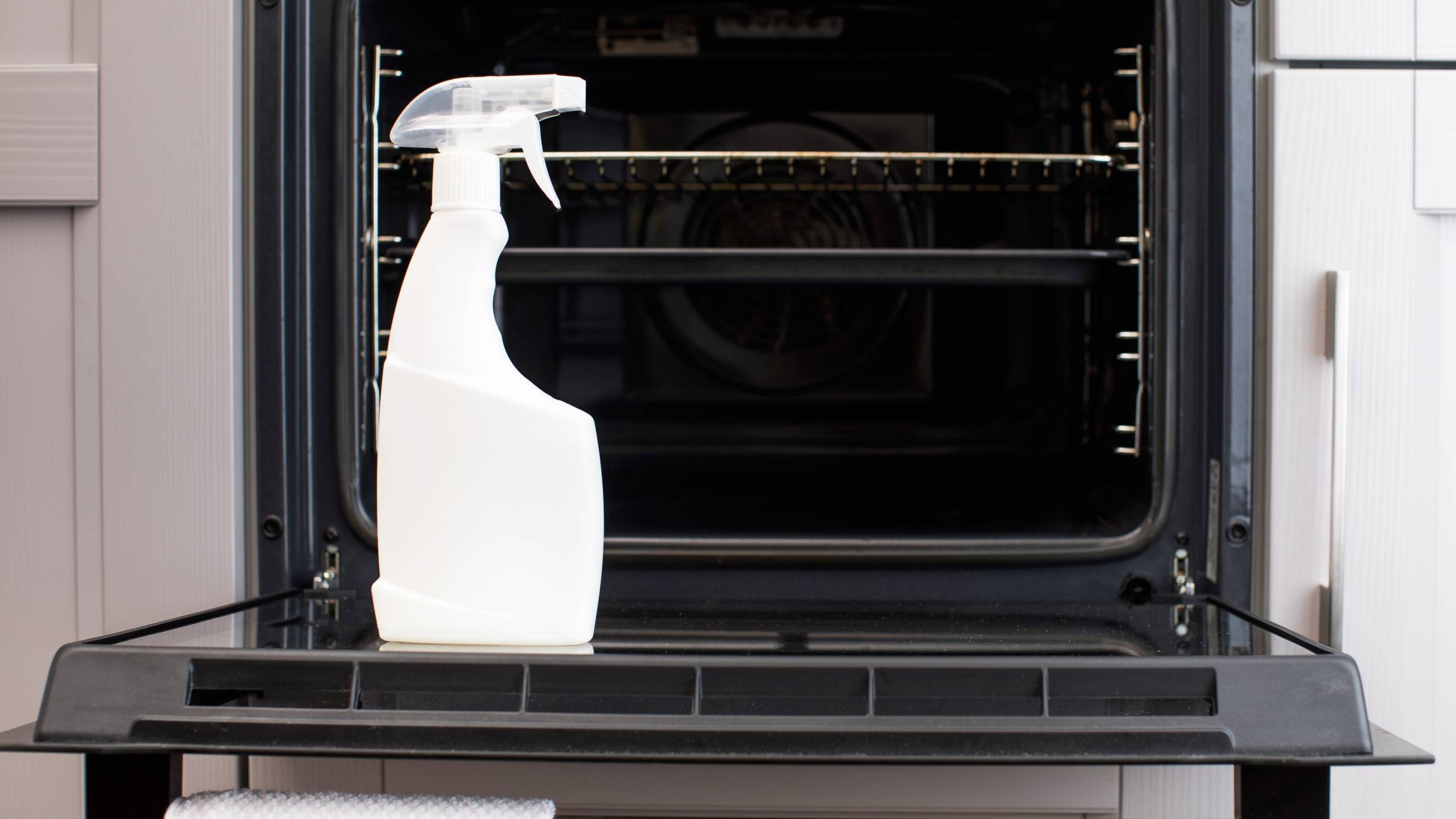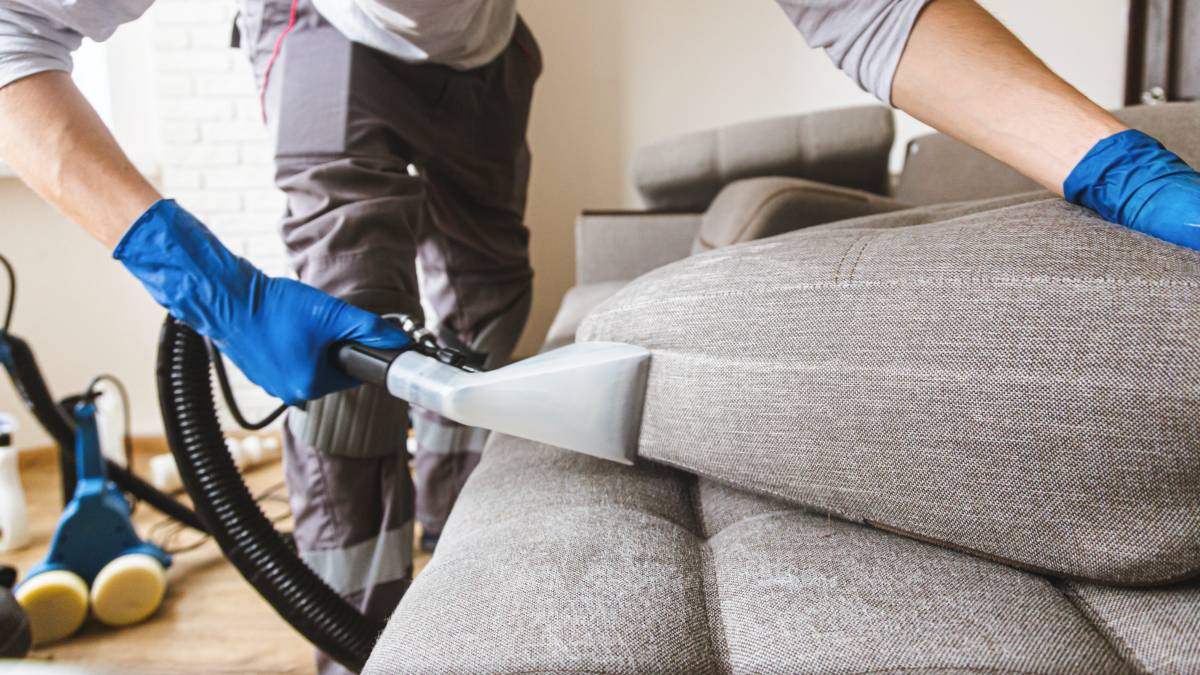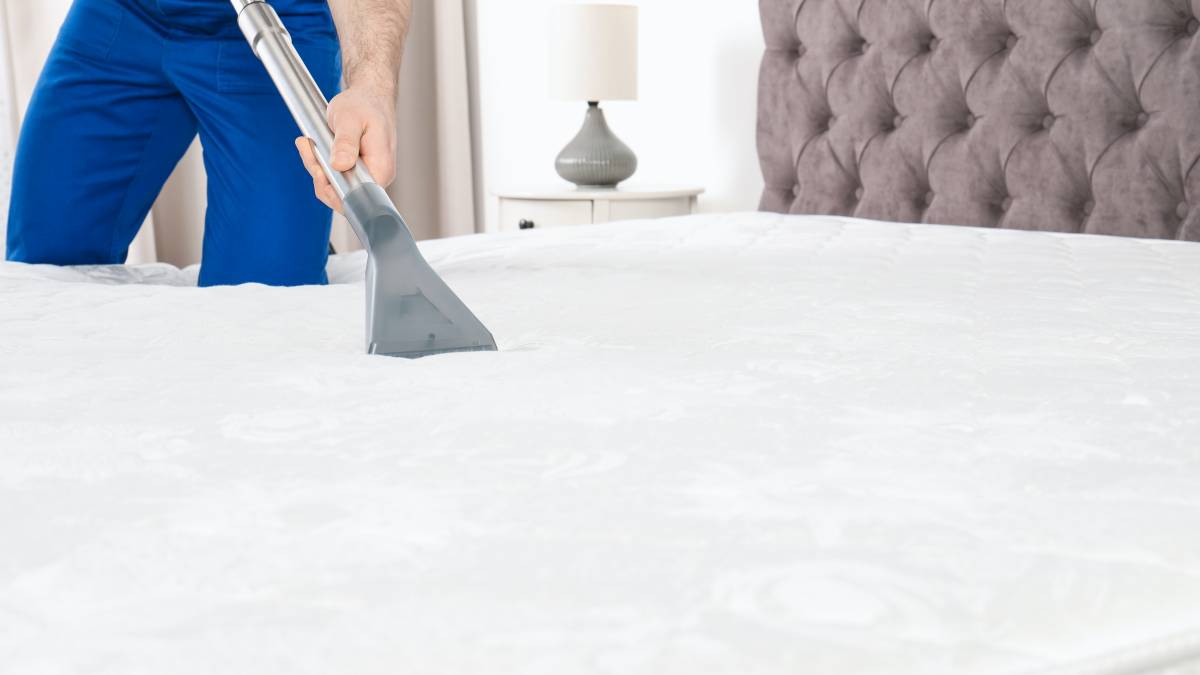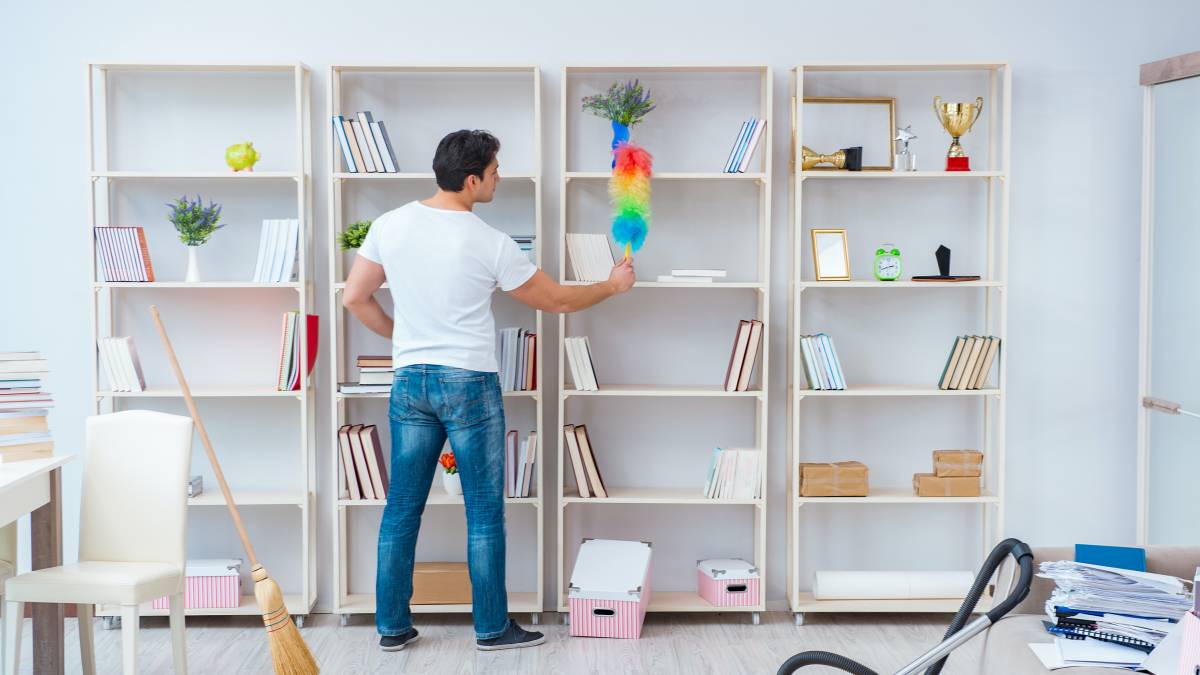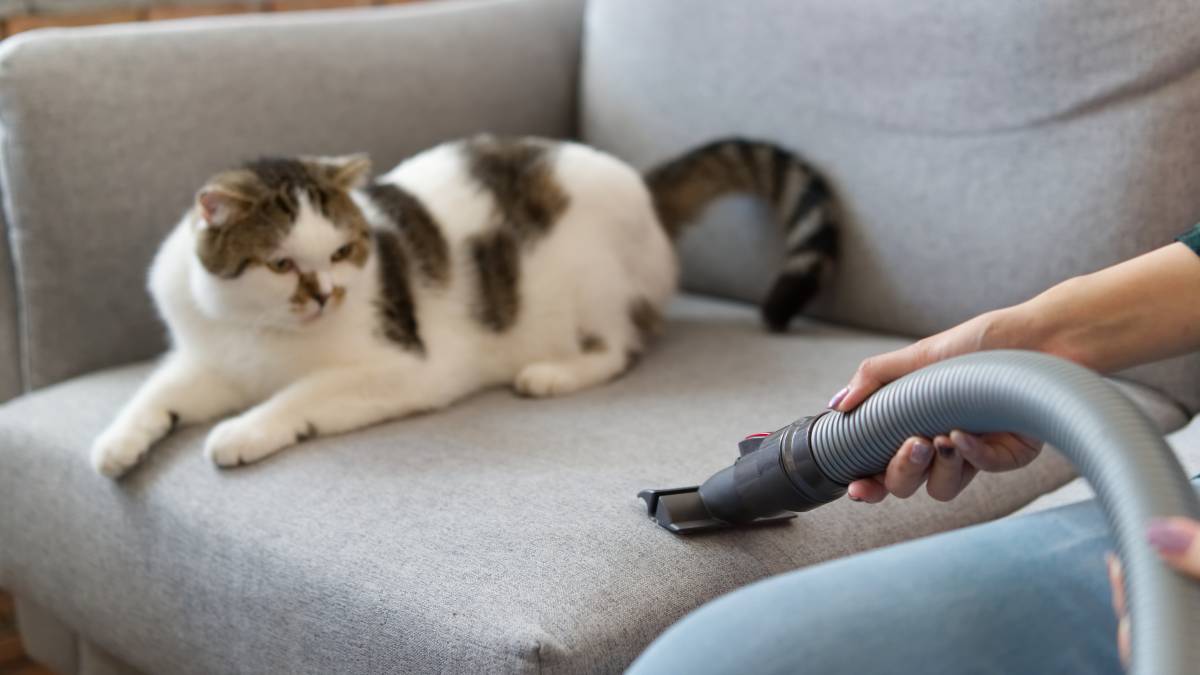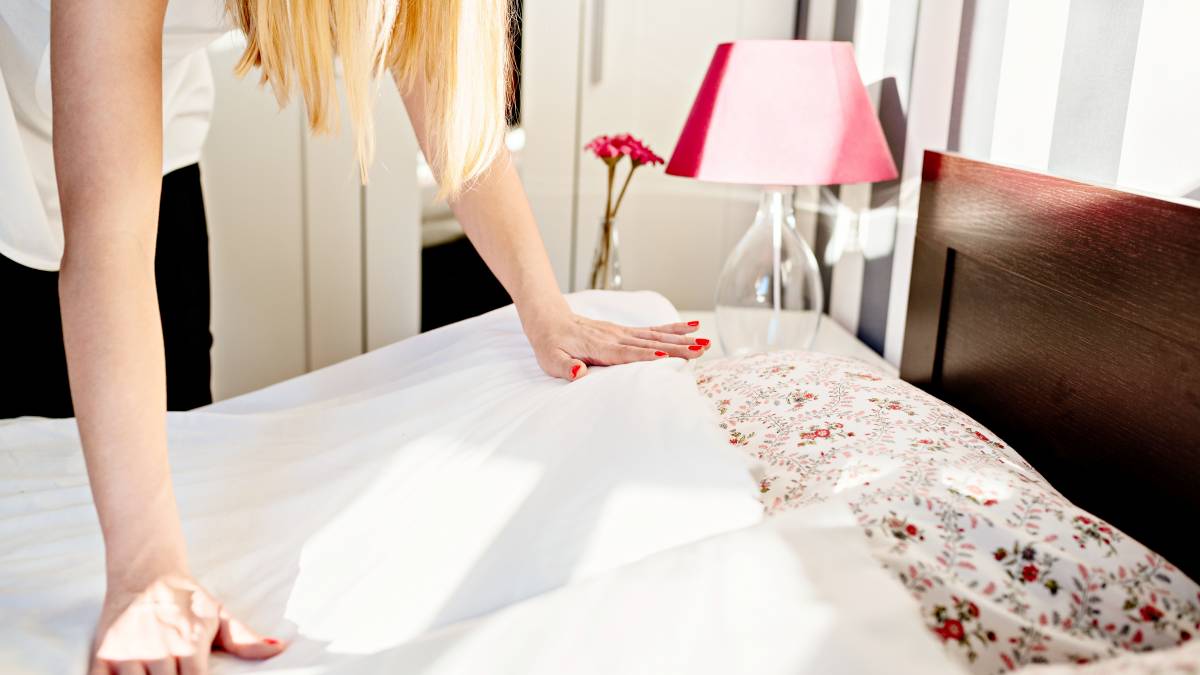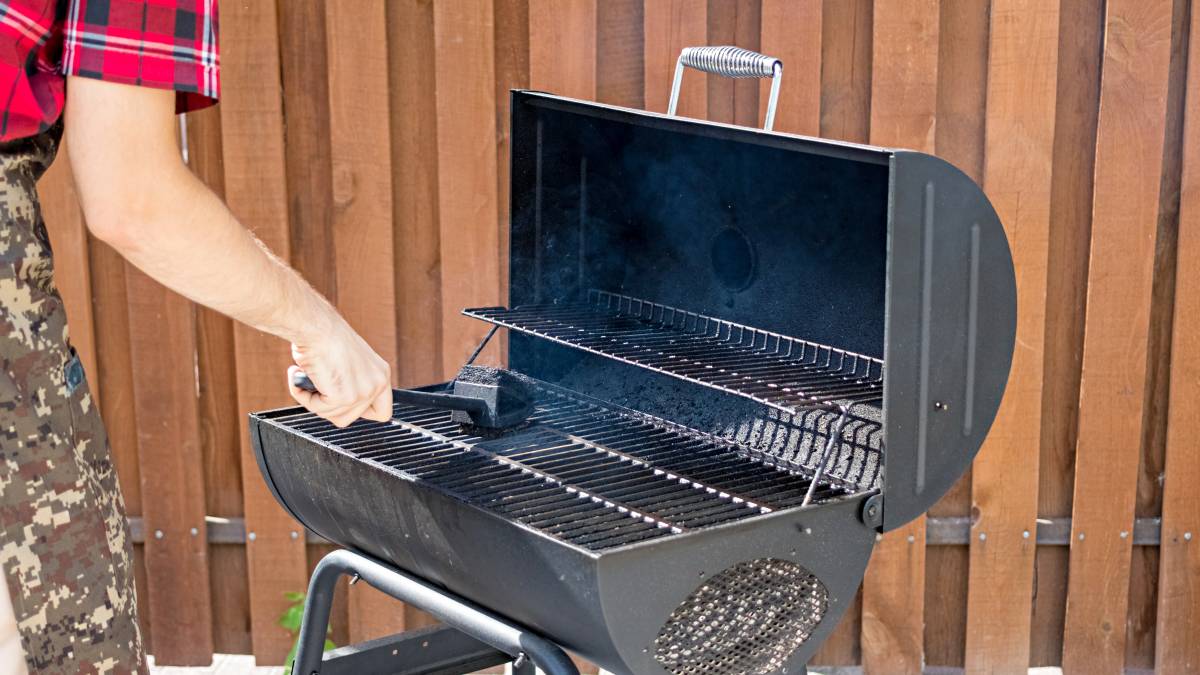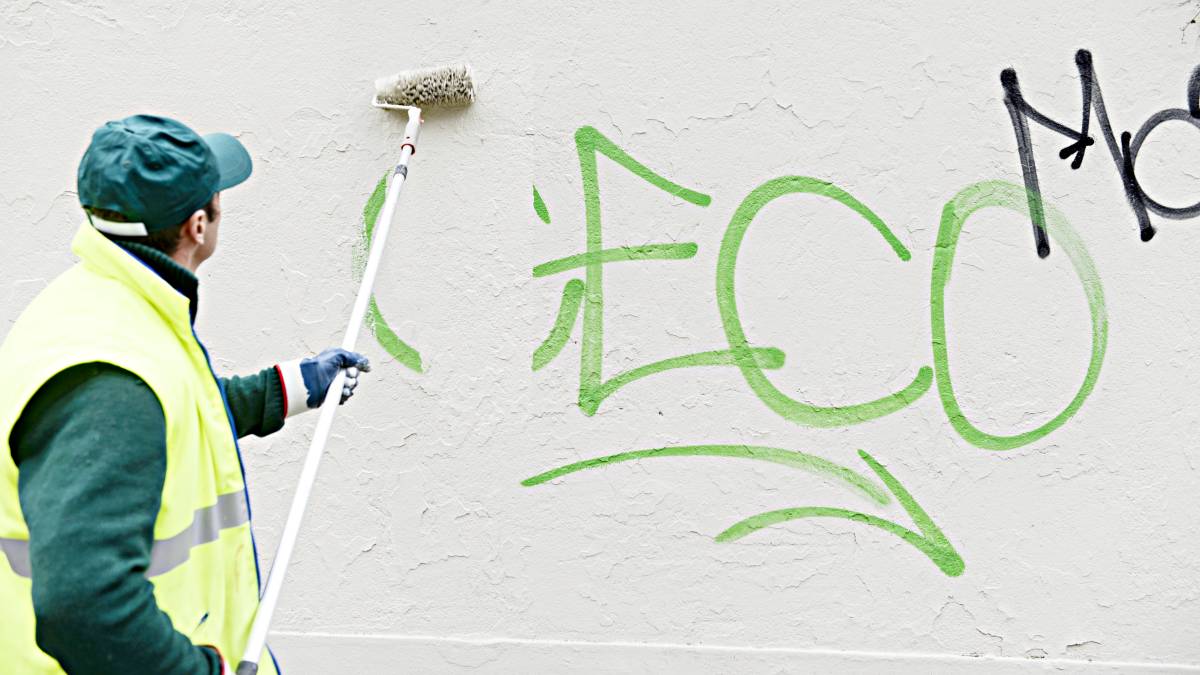- Home/
- Comparisons/
- Cleaning/
- Dry Mopping vs. Wet Mopping

Dry mopping vs. wet mopping: Which is the better choice?
Comparing dry mopping vs. wet mopping based on their cleaning efficiency, convenience, deep cleaning, and more.
Hire a cleaning expertLast Updated on
Key Facts
- Dry mopping is a simple, waterless method for everyday light cleaning that uses a dust mop to capture dirt, dust, and grime.
- Wet mopping involves water and a cleaning solution to remove stubborn dirt, stains, and very sticky residues on floors.
You might be thinking that regular sweeping is enough to clean your floors. However, the reality is that there is stuck-on dirt and grime that the naked eye can’t see. This is why you should also mop the floors occasionally for more thorough cleaning.
Knowing the difference between wet and dry mopping can help you decide which can reduce your total cleaning time and keep your floor more pristine. Keep reading to learn about these floor cleaning techniques in this dry mopping vs. wet mopping guide.
What is dry mopping?
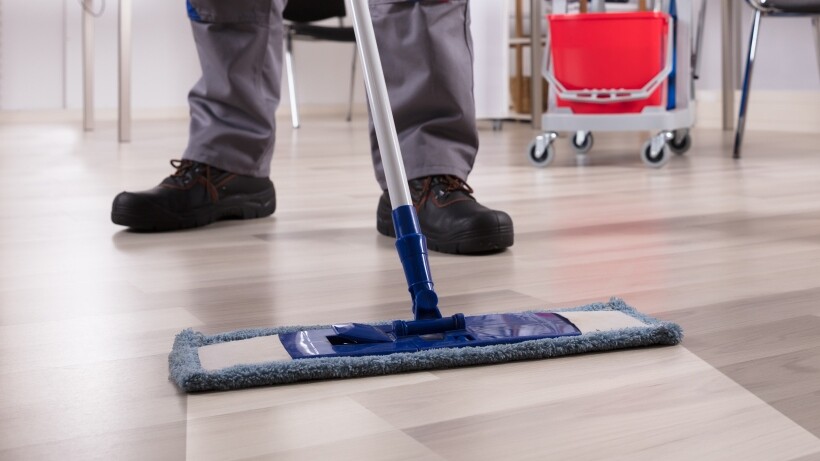 Dry mopping is a straightforward floor-mopping technique that doesn’t require extra cleaning preparations, as you only have to use a dust mop to trap dirt, dust, and surface-level grime. You don’t need water and a cleaning solution when you dry mop, so it’s ideal for everyday light cleaning.
Dry mopping is a straightforward floor-mopping technique that doesn’t require extra cleaning preparations, as you only have to use a dust mop to trap dirt, dust, and surface-level grime. You don’t need water and a cleaning solution when you dry mop, so it’s ideal for everyday light cleaning.
Here’s how to do dry mopping correctly:
With a dust mop, begin by drawing a figure-eight pattern on the floor and swipe the mop in a continuous back-and-forth motion.
Repeat the first step until the surface is clean and dirt-free.
The next step is to shake the dust off the outside or into a plastic bag.
Pro tip: Use a broom and dustpan to remove the remaining dust on the floor.
What is wet mopping?
 Wet mopping is for deep cleaning floors to help remove built-up dust, sticky residues, and stubborn stains. You’ll have to use water and a potent cleaning solution, so mops made from highly absorbent yarn, cotton, or sponge are ideal.
Wet mopping is for deep cleaning floors to help remove built-up dust, sticky residues, and stubborn stains. You’ll have to use water and a potent cleaning solution, so mops made from highly absorbent yarn, cotton, or sponge are ideal.
It is a much more tedious floor cleaning method that requires extra steps:
- First, remove dirt and debris with a dust mop to avoid surface scratches.
- Next, mix a cleaning solution in a bucket and dip the mop head. Make sure to check the cleaner’s label and see if it is suitable for your type of floor.
- Once you’ve confirmed that your mop is suitable for the type of floor, start mopping at the farthest corner of the room and work your way toward the door. Do this to avoid stepping on wet flooring while mopping.
- Rinse and wring out the mop from time to time.
- Repeat steps 3 and 4 until the floor is clean.
Wet and dry mopping: Which is better for cleaning floors?
Learn more about the difference between wet and dry mopping to know which floor cleaning technique is better for cleaning floors.
In terms of cleaning efficiency
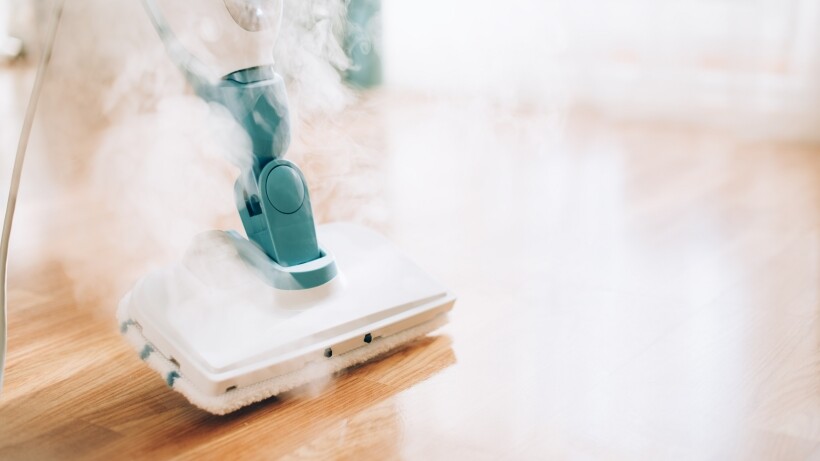
The cleaning efficiency of dry mopping depends on your mop type. If it’s a microfiber dust mop, dry mopping is easier and more efficient. Microfiber mop heads have microscopic polyester fibers with “tiny hooks” that can help you quickly collect more dust and dirt on the floor.
However, when it comes to disinfecting surfaces, wet mopping is more efficient. Since it involves using a potent cleaner to sanitize floors, it can help loosen built-up dirt, stubborn stains, and spills.
Also, using a steam mop over a spin and a regular wet mop can make floor cleaning more efficient. Steam mops can help kill germs and bacteria. But, be cautious when disinfecting surfaces with a steam mop because it generates high heat and steam that can damage the floors. You can use them only when cleaning and mopping bathroom floors because they likely contain body fluids with bacteria and viruses.
In terms of convenience and time efficiency
Using a wet mop to clean floors can be inconvenient, especially if you have a busy household. You’ll have to wait at least half an hour or more for the wet floors to dry completely. It can take longer in winter when the air is cold and humid.
Moreover, wet mopping requires more preparation. You still have to sweep the floors, fill the bucket with a cleaner, wring out the mop head, and clean all the mopping tools right after. You also have to go shopping for various cleaners for different floor surfaces.
Meanwhile, dry mopping is more convenient for daily floor maintenance because you don’t need to use water to clean surfaces. A quick mop swipe is enough to clean surface-level dirt.
In terms of floor type
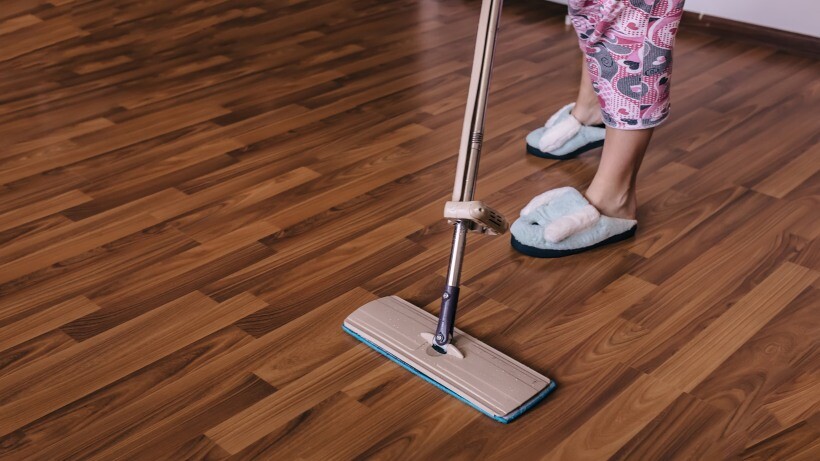
Wet mopping is ideal for water-resistant surfaces like tile, linoleum, and vinyl floors. However, linoleum floors have a seal or finish that can break due to excessive moisture, so take extra caution when cleaning them with a damp mop.
Meanwhile, when it comes to hardwood flooring such as walnut, maple, and oak floors, it is best to avoid using a wet mop because hardwood is more susceptible to water damage. They easily warp and swell with excessive moisture.
It would also help to avoid using a wet mop on laminate floors because, like hardwood, their surfaces are not waterproof, so they quickly warp and rot. Try dry mopping instead to remove surface dirt and dander on laminate and hardwood floors.
If cleaning water-sensitive surfaces such as hardwood and laminate floors seems like a hassle, it might be best to hire professional mopping and floor cleaning services to avoid leaving scratch marks and streaks on floors.
In terms of allergen control
Wet and dry mops can help reduce allergens, but wet mopping effectively eliminates dust, pollen, and pet dander on surfaces.
Pro tip: You can kill allergens with a wet mop in two ways. You may use a steam mop or a hard floor cleaner with antibacterial properties.
Another advantage of wet mopping is that it can help kill dust mites or the microscopic pests that thrive in warm and humid environments, settling on dust and surfaces. Getting rid of these pests is important as they can trigger allergic reactions and asthma attacks.
A dry-mopped floor can also help minimize allergens using microfiber dust mops. A microfiber cloth is made up of millions of fibers that produce a static charge to attract dirt, dust, pet hair, and other allergens on floors.
In terms of deep cleaning
When it comes to floor mopping techniques, wet mopping is a better choice because dry mopping cleans only on a surface level. Combined with the absorbency of the microfiber mop head and the potency of the cleaner, a wet mop can help lift stuck-on dirt on floors and kill bacteria. Just ensure you know how to use a mop correctly to truly deep clean your floors.
Periodic deep cleaning is essential to maintain hygiene and safety. Give special attention to cleaning high-traffic areas like bathrooms and kitchens because harmful microorganisms, such as bacteria and viruses, thrive in these moist environments.
In terms of cost
Dry mopping using a high-quality microfiber dust mop for dry-mopped floors is more cost-effective because microfiber can last hundreds of washes before needing replacement. You also don’t need a cleaning solution for this floor cleaning technique, helping reduce costs.
Meanwhile, wet mopping can be more expensive since it requires more tools, including a mop, bucket, wringer, and floor cleaner. With wet mopping, your monthly water consumption might also increase, adding to the overall cost.
Simplify your sweeping or mopping routine with Airtasker
Keep your floors shiny and streak-free with the help of cleaning experts at Airtasker. They know how to efficiently clean your floors, using a wet & dry mop. Just post what you need and your budget to find a Tasker who can help with your daily floor cleaning needs.
Dry mopping vs. wet mopping
Dry Mopping |
Wet Mopping |
|
| Cleaning Efficiency |
Good for everyday light cleaning |
More efficient for removing built-up dust, sticky residues, and stubborn stains |
| Convenience and Time Efficiency |
More convenient for quick, daily floor maintenance without needing water |
Less convenient because of the thorough preparation time |
| Floor Type |
Best for laminate and hardwood floors |
Best for water-resistant surfaces like vinyl, tiled, and linoleum floors |
| Allergen Control |
Can help reduce surface allergens but is less effective than wet mopping |
More effective in eliminating dust, pollen, pet dander, and dust mites |
| Deep Cleaning |
Not suitable for deep cleaning or sanitizing floors |
Ideal for deep cleaning, sanitizing floors and removing stubborn stains |
| Cost |
Lower initial cost due to less equipment and no need for cleaning solutions |
More expensive since it requires multiple cleaning solutions, additional equipment, and more water usage |
FAQs on dry mopping and wet mopping
The best mopping technique requires using both a wet and dry mop. The first step is to sweep or vacuum the floors to remove the dirt and debris that can scratch the surface while mopping. Next, grab a microfiber mop with an appropriate cleaner and begin mopping the floors in a back-and-forth motion. Wring out the wet mop from time to time and then wait for the floors to completely dry.
The advantage of dry mopping lies in giving floors a quick clean to reduce allergens. Also, for dry mopping, use a dust mop with gentle yet aggressive microfiber threads, so you can easily remove surface-level dirt and grime.
Yes. Using a flat microfiber dust mop for dry mopping, you can easily pick up dust and dirt on cracks and corners, unlike when using a vacuum.
Find cleaning services, fast
Post a task
Related articles
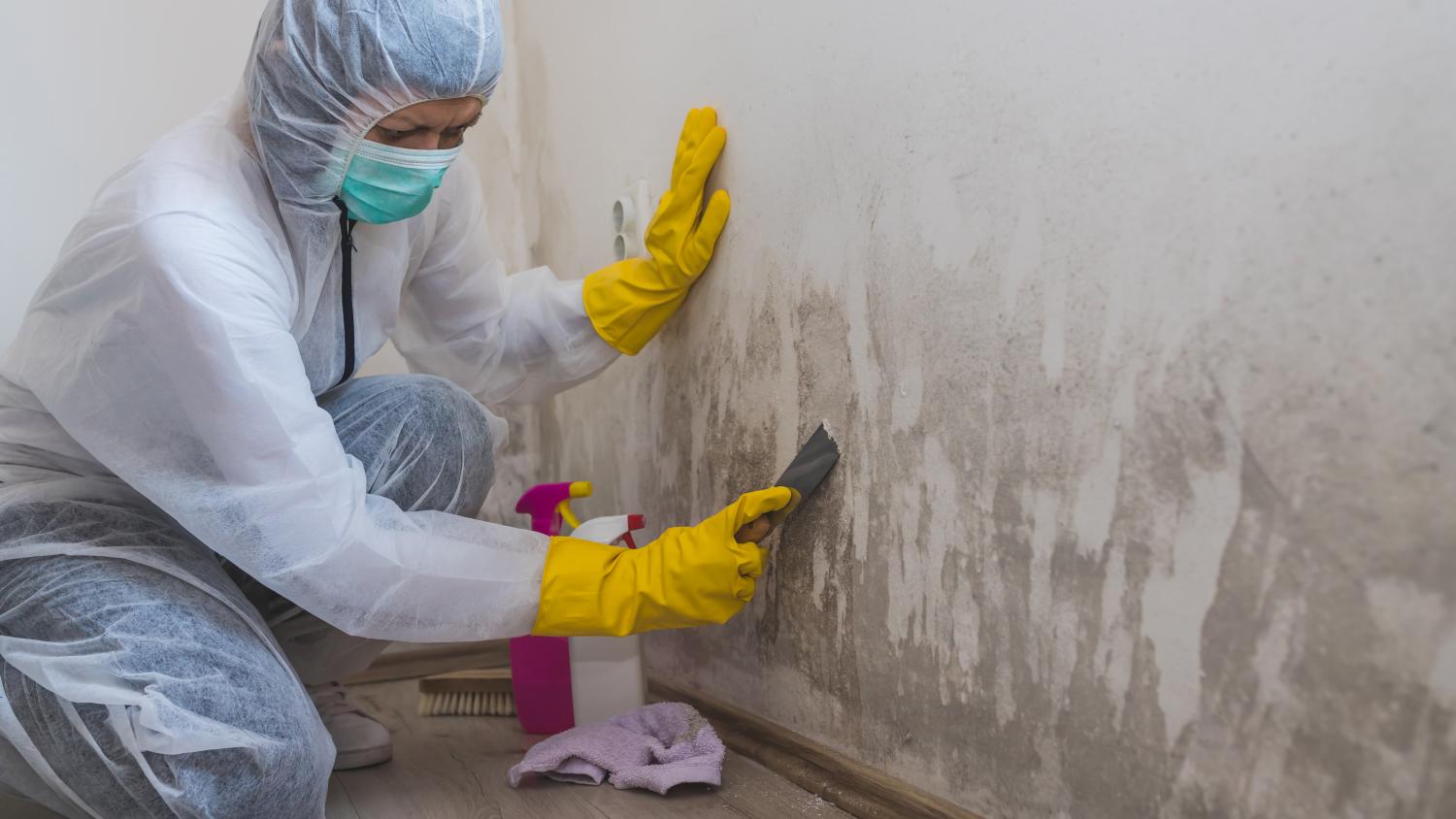
How to get rid of mold at home
Read more
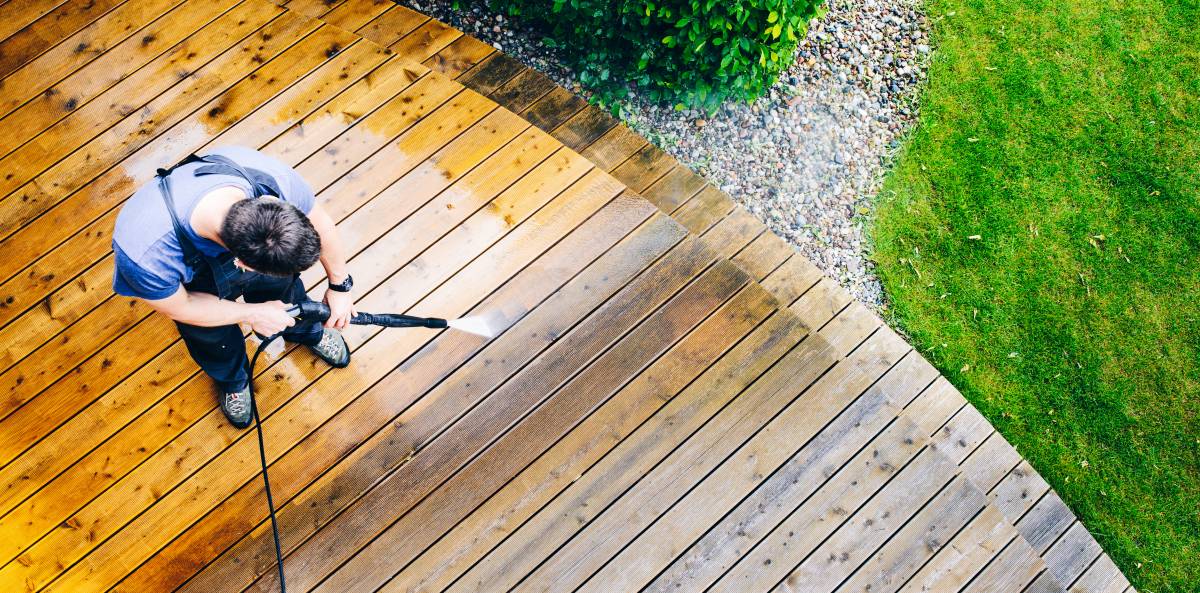
How to price pressure washing jobs
Read more
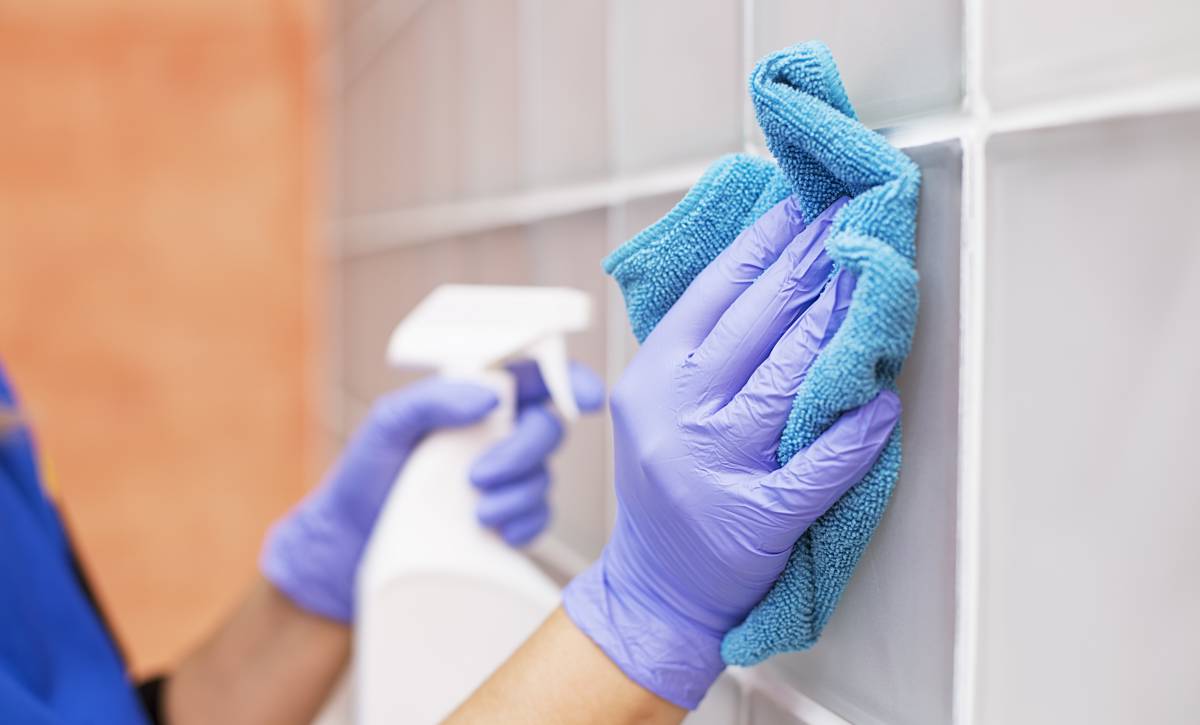
How to get cleaning jobs
Read more

How to get cleaning certification
Read more
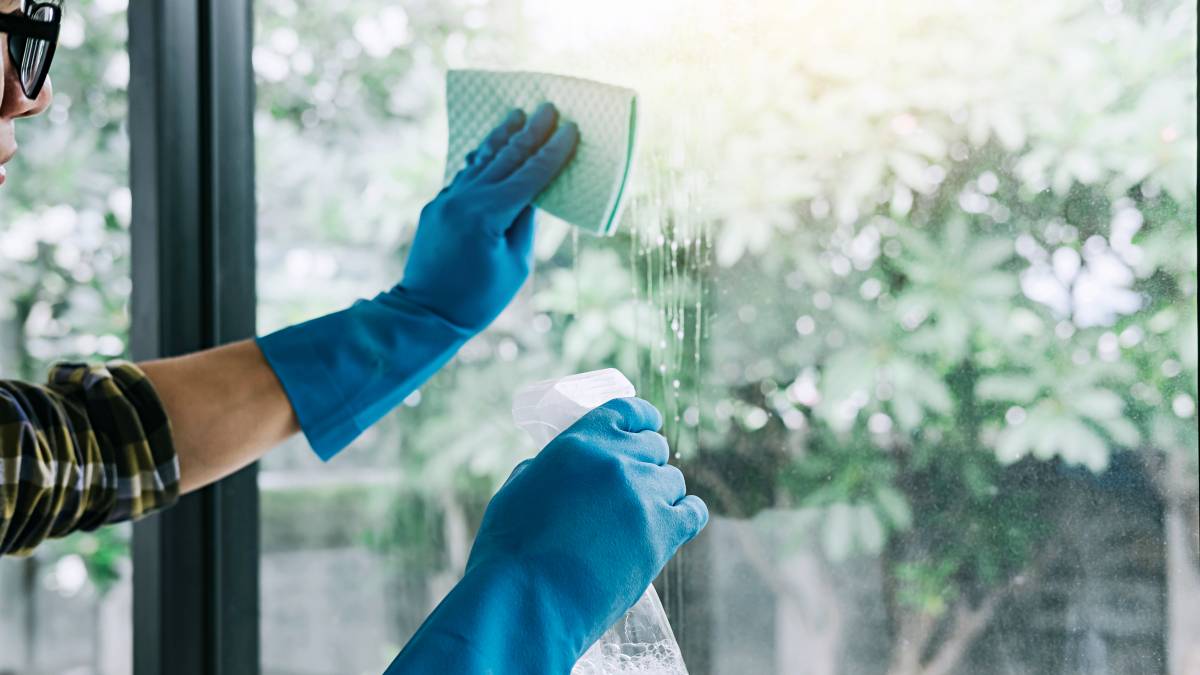
How to price cleaning jobs
Read more
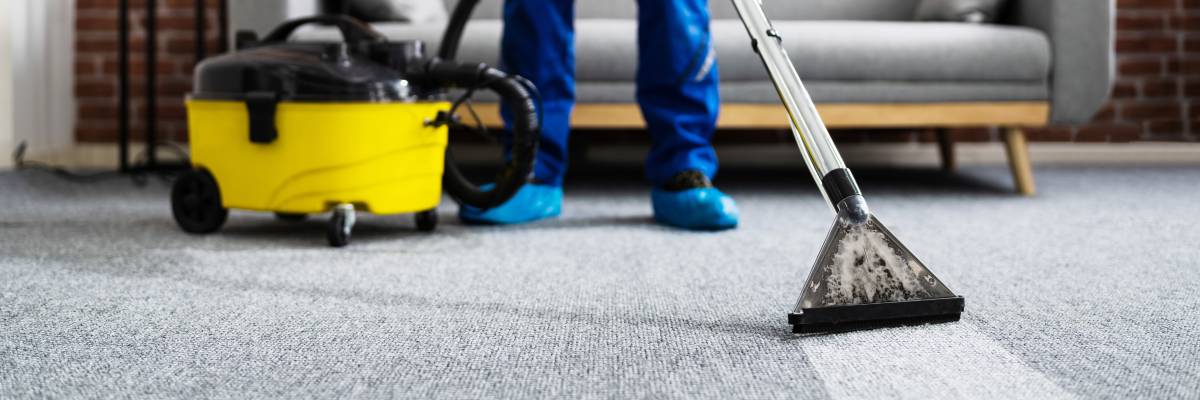
How to become a housekeeper
Read more
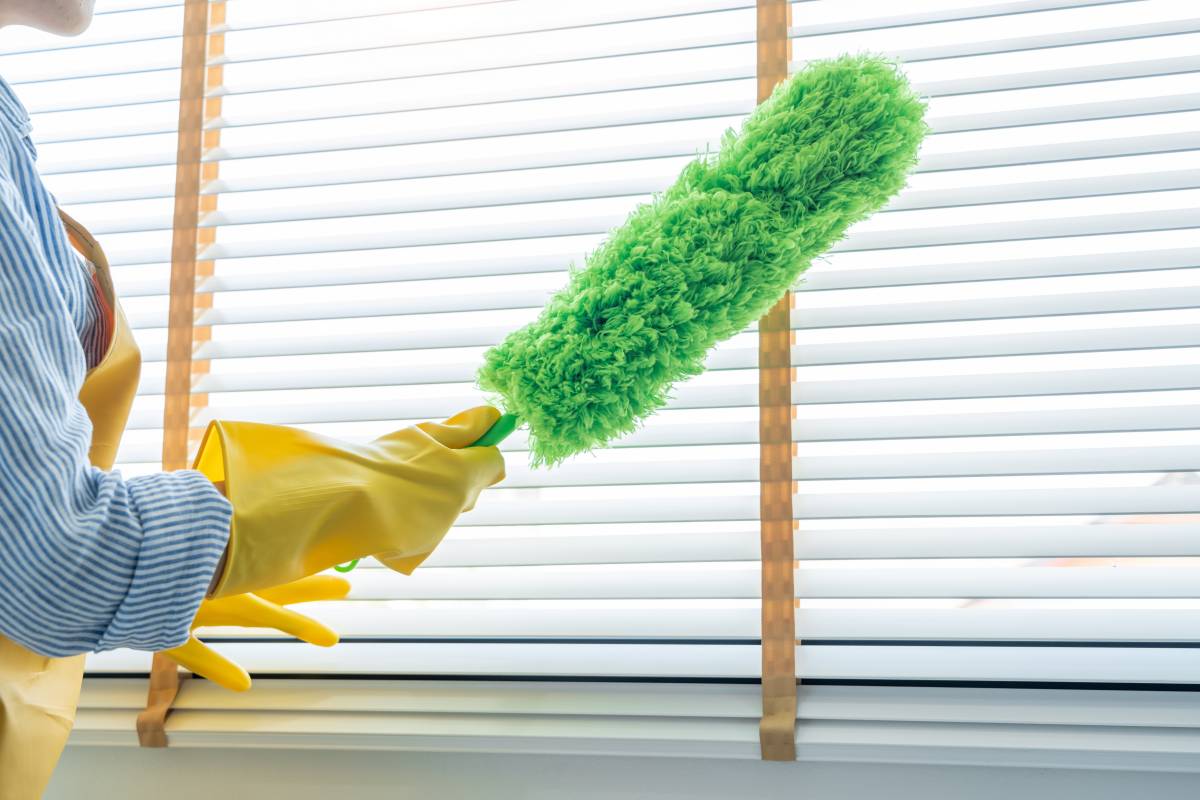
How to clean a duster
Read more

How to get rid of dust in your home
Read more
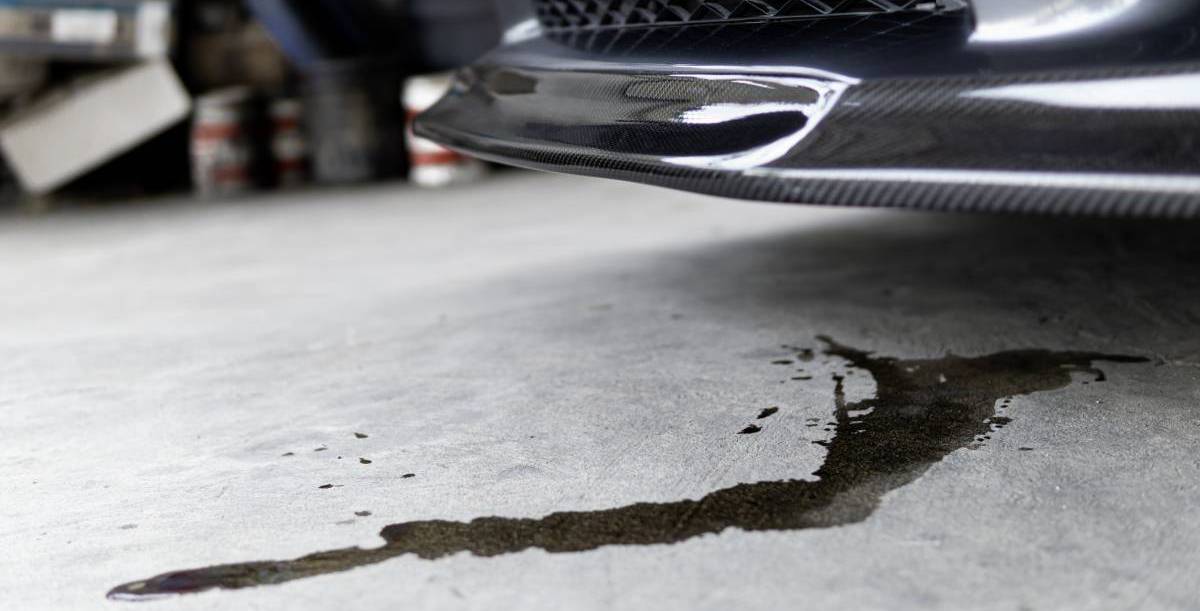
How to clean a garage floor
Read more
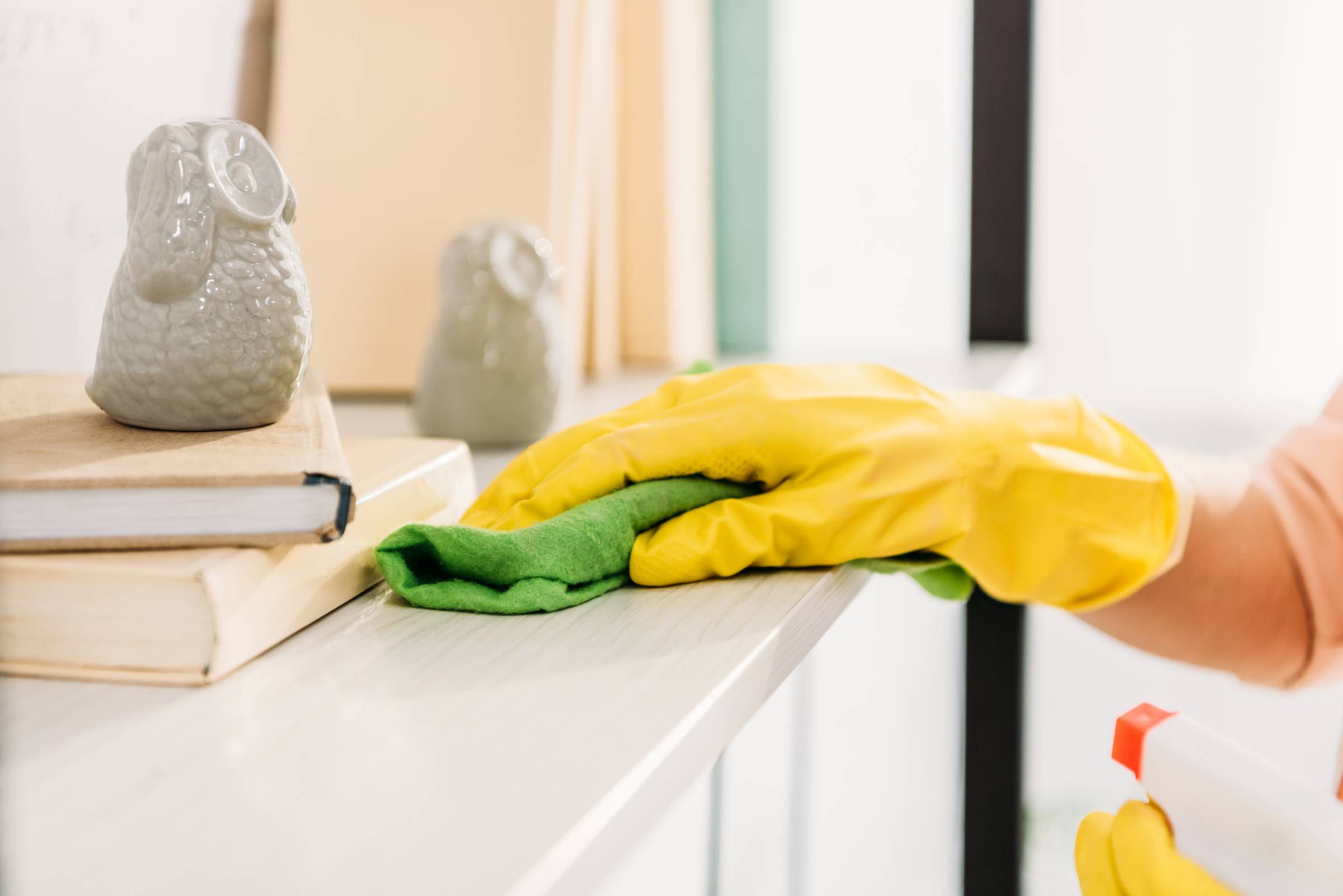
The ultimate spring cleaning checklist
Read more
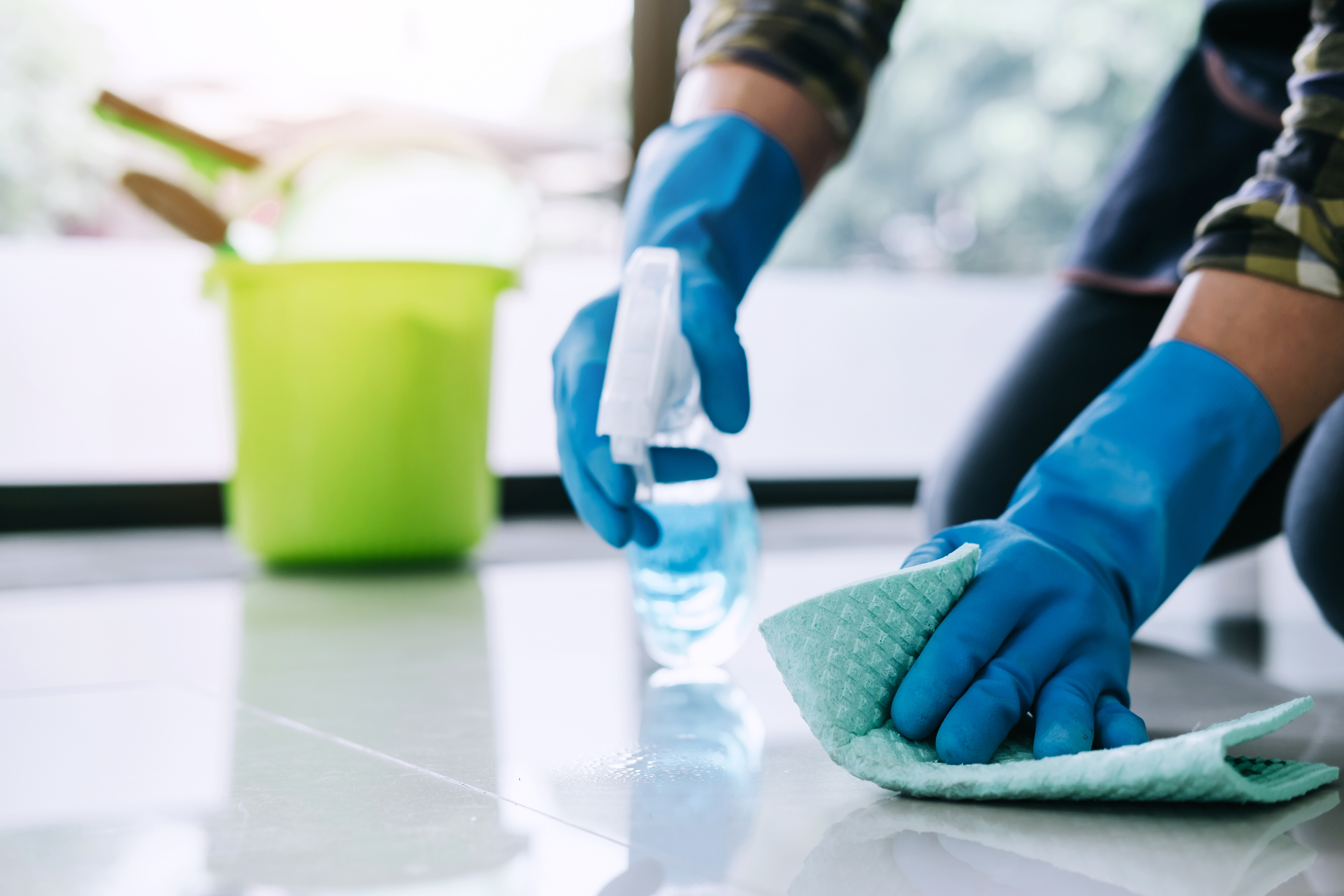
Move out cleaning checklist
Read more
Related price pages
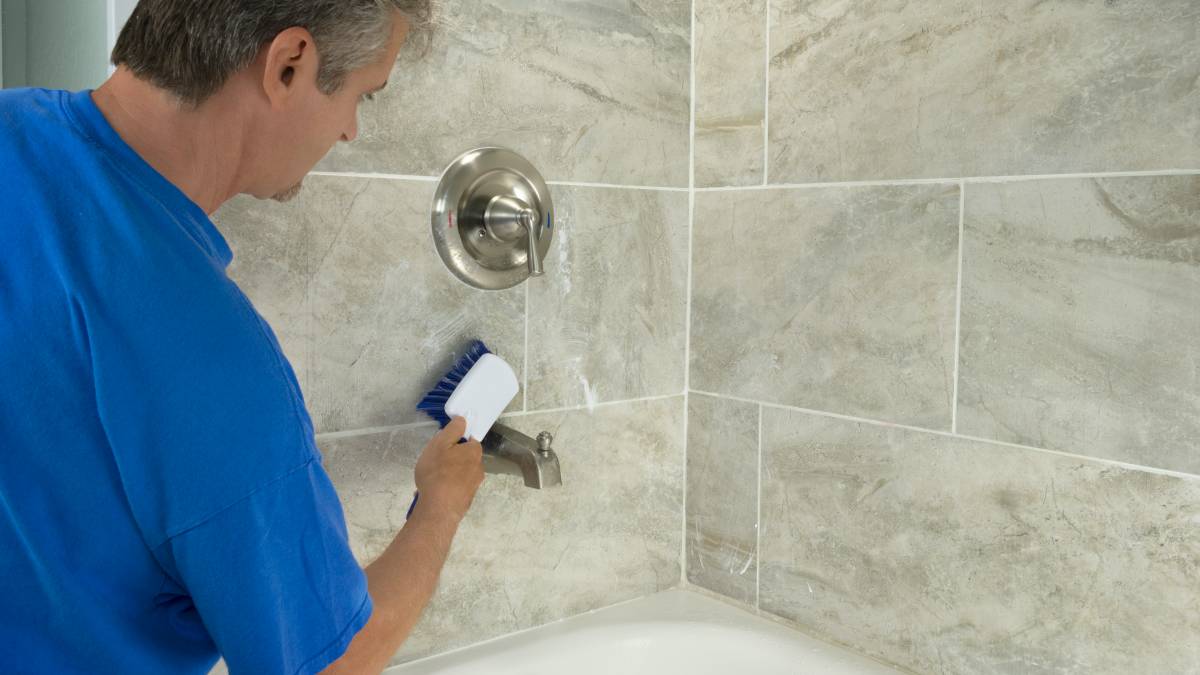
How much does tile cleaning cost?
Read more
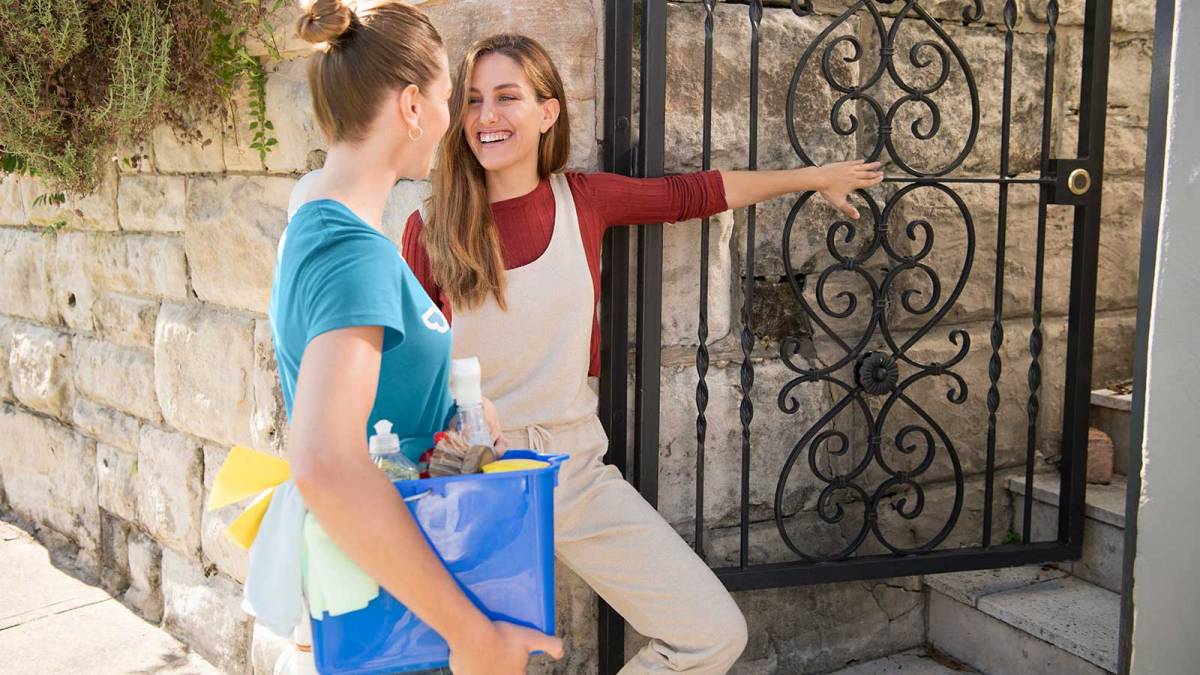
Average price of move out cleaning
Read more
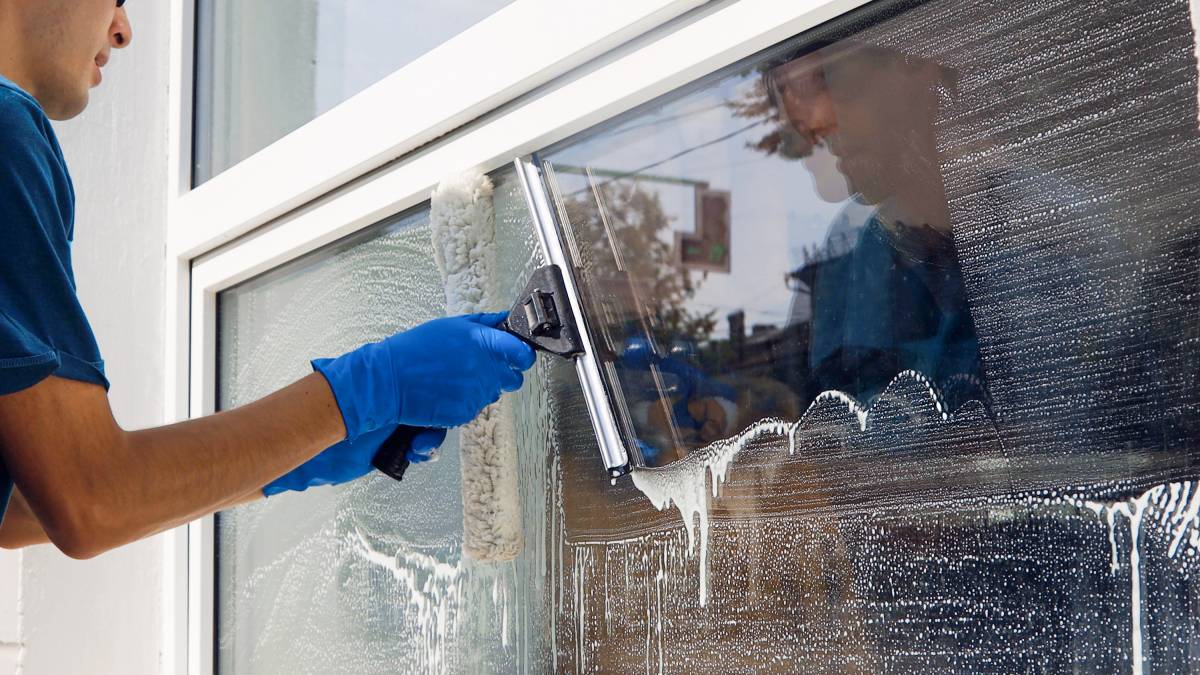
How much does a cleaner cost?
Read more

How much does office cleaning cost?
Read more
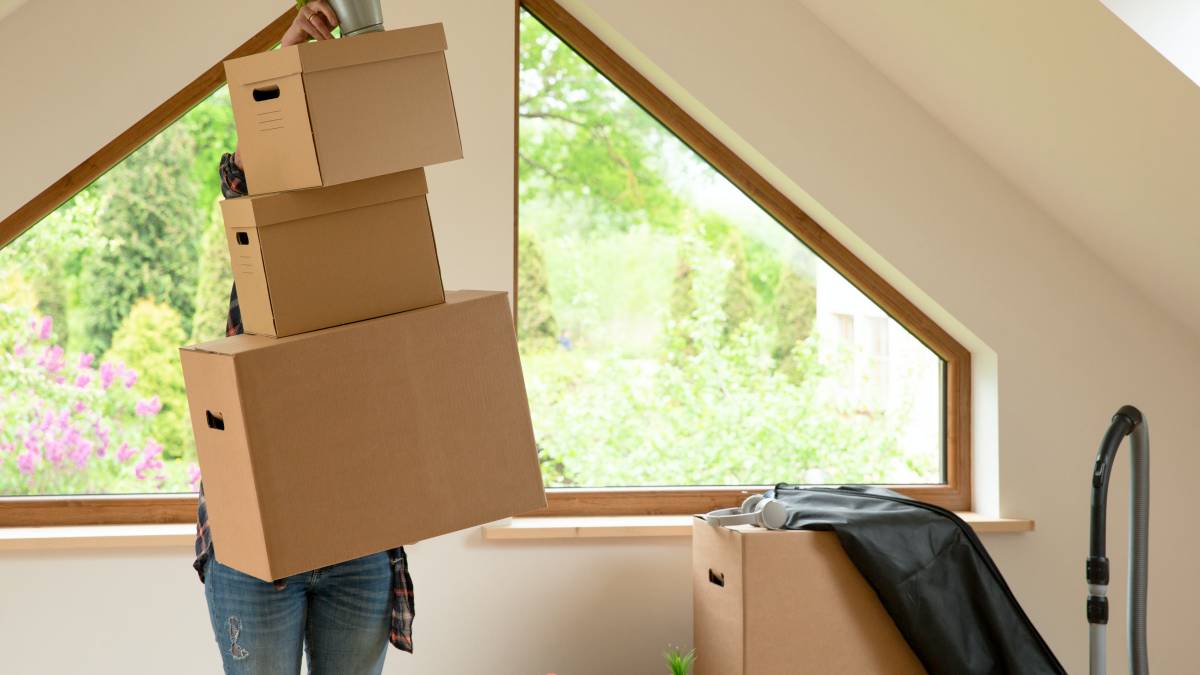
How much does attic cleaning cost?
Read more
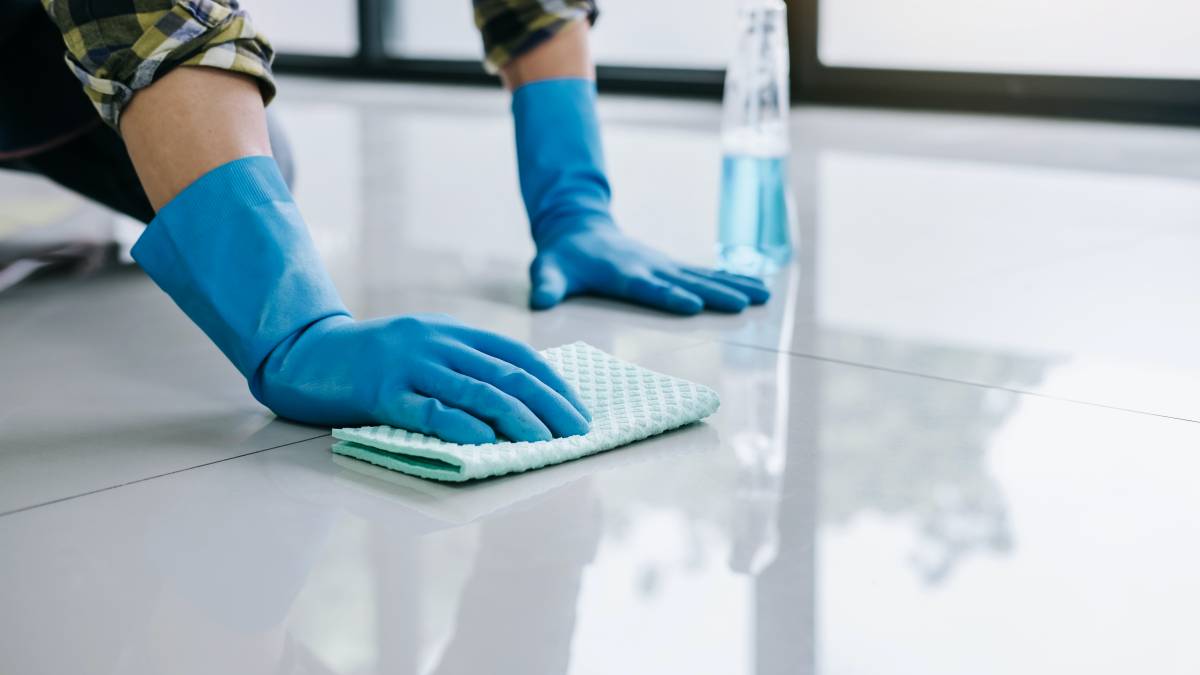
How much does floor cleaning cost?
Read more
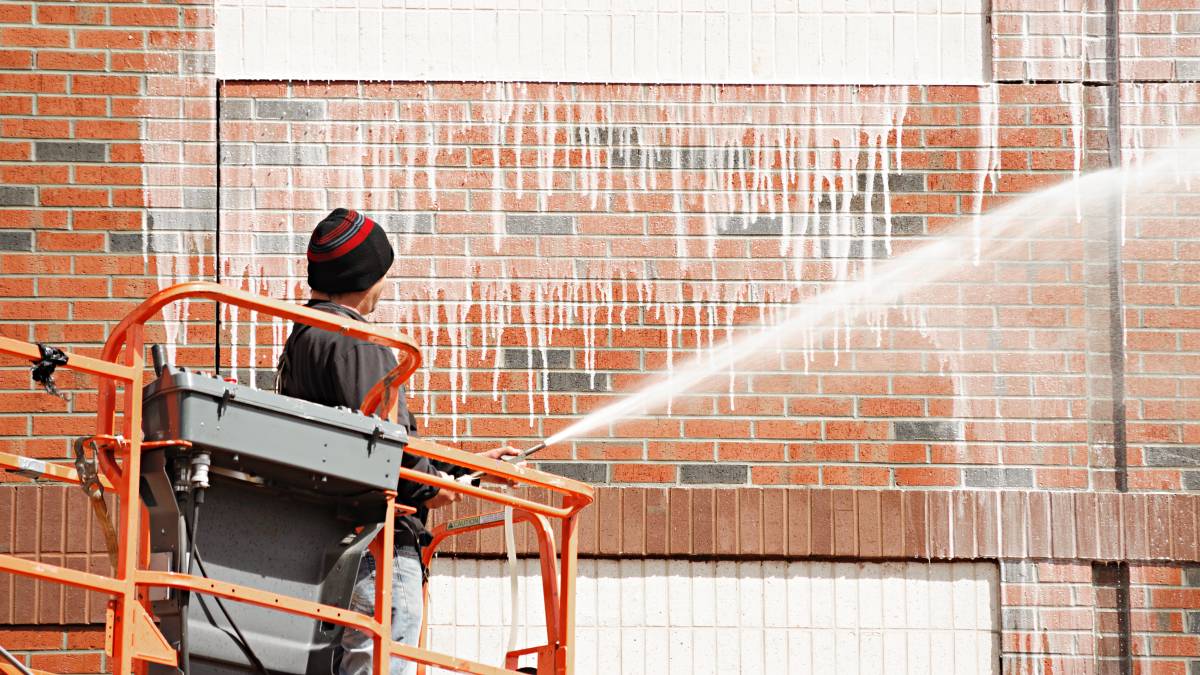
How much does brick cleaning cost?
Read more
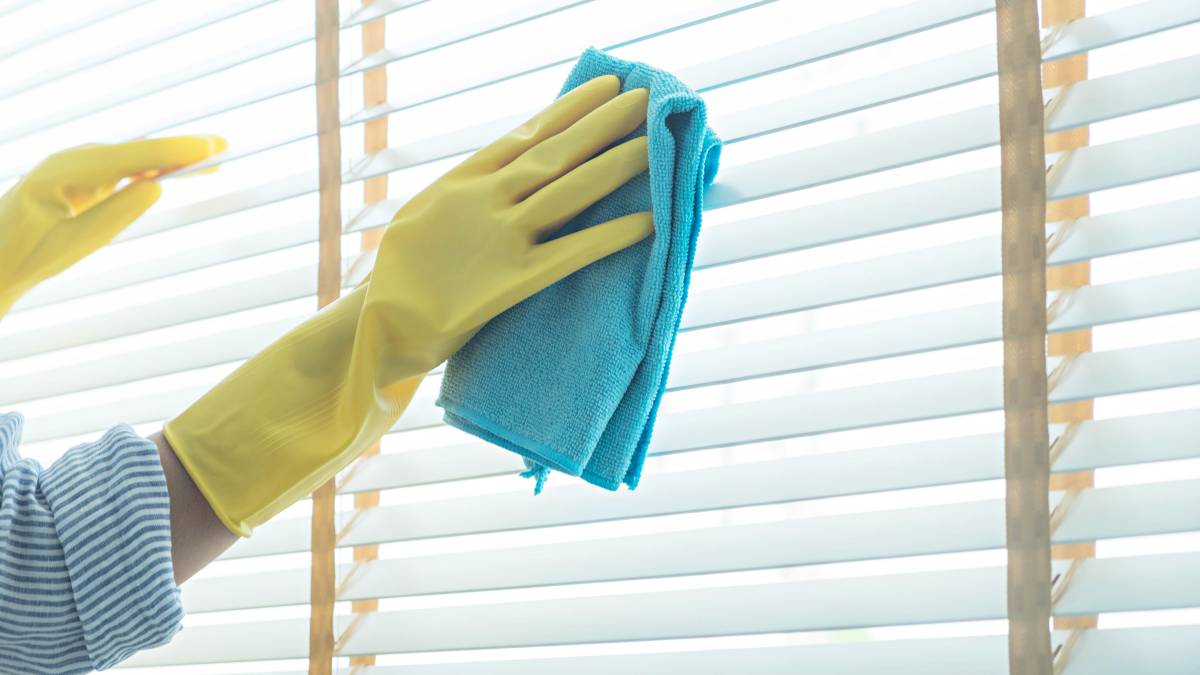
How much does blind cleaning cost?
Read more
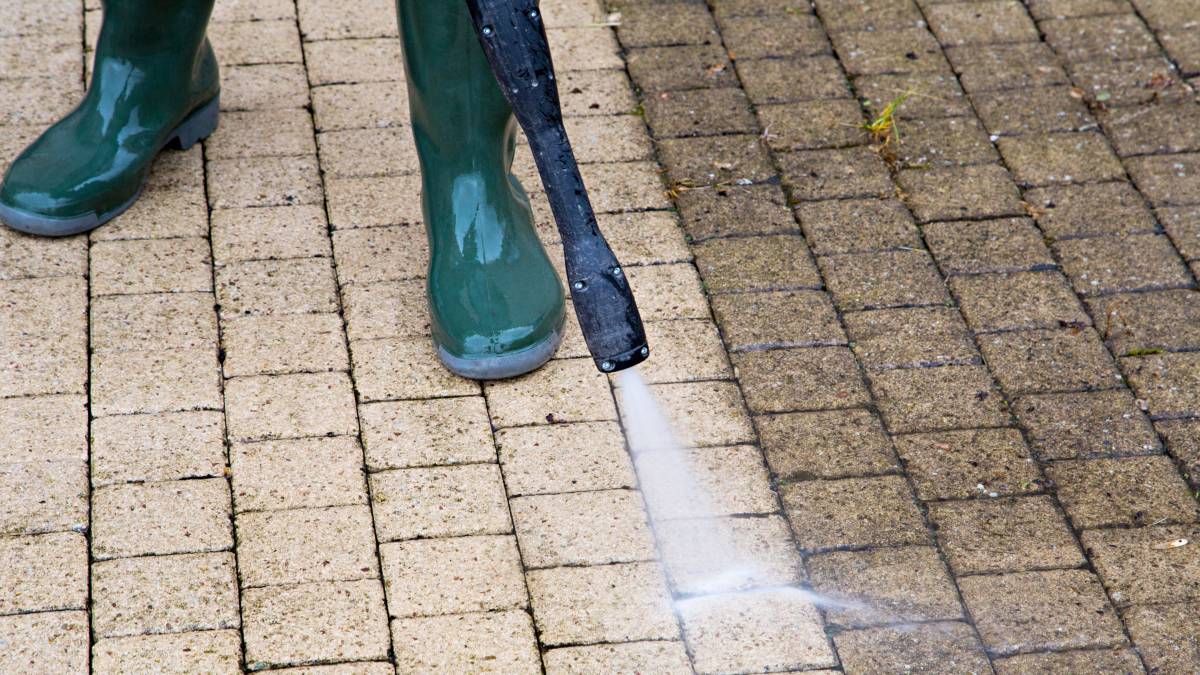
How much does pressure washing cost?
Read more
